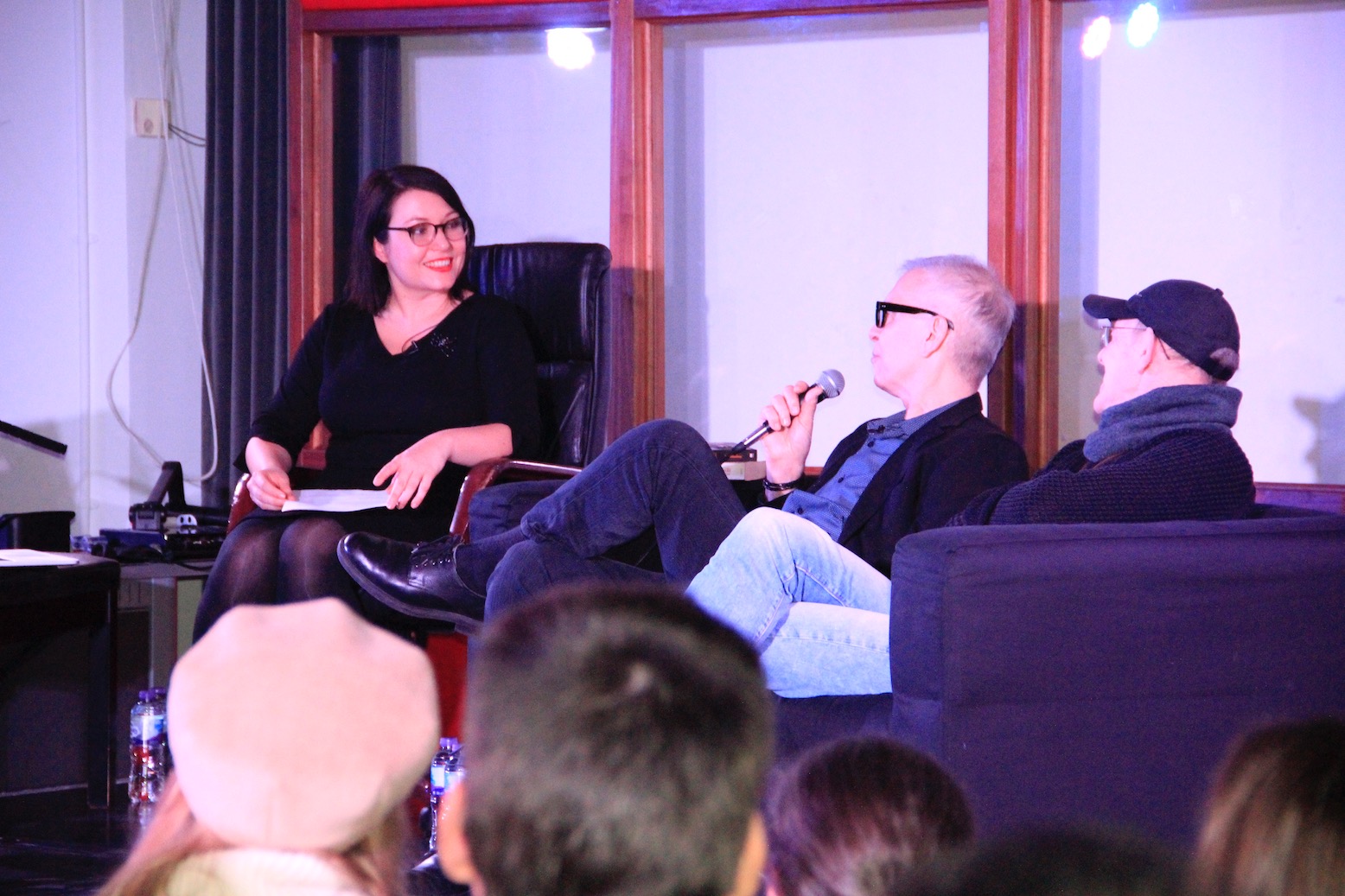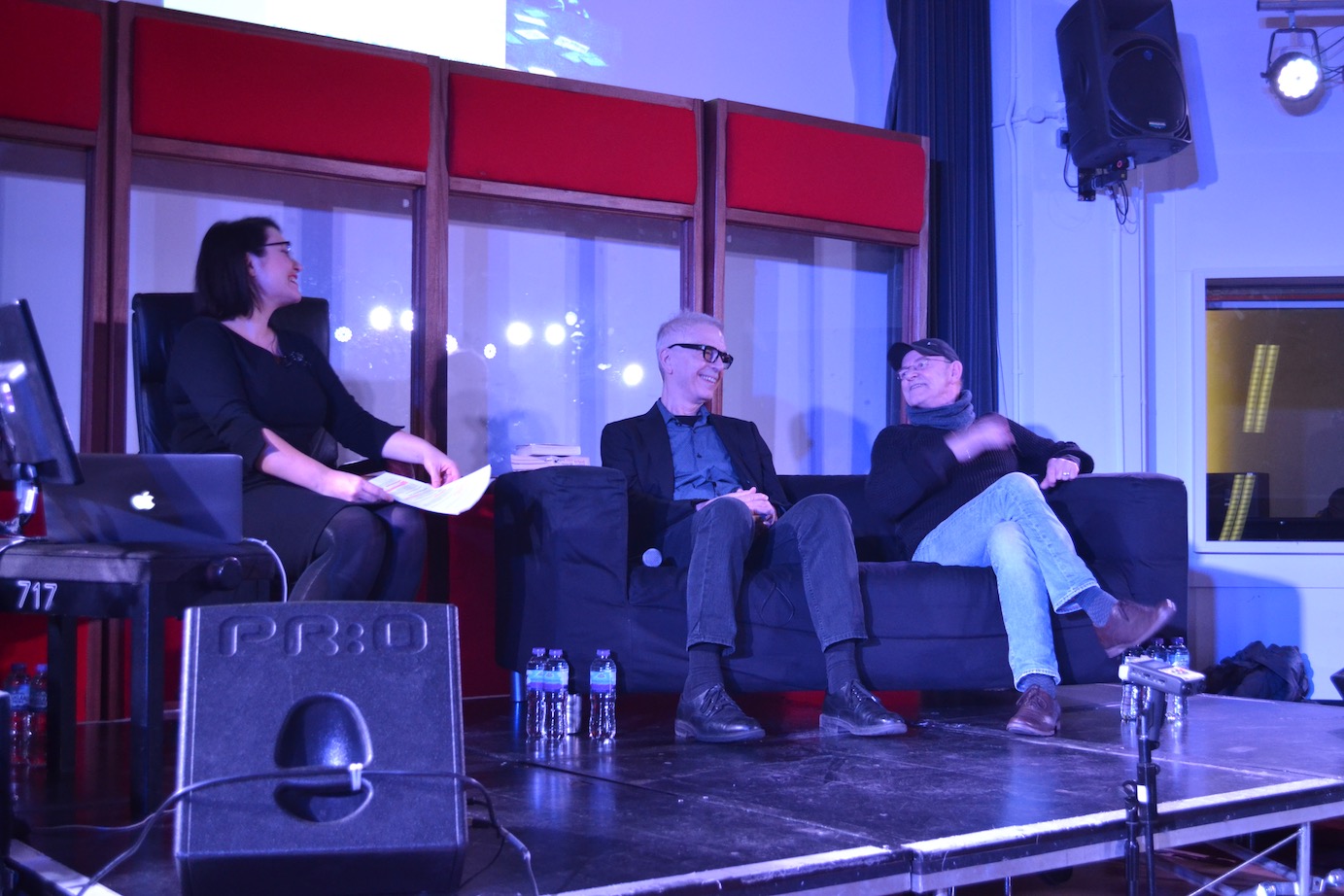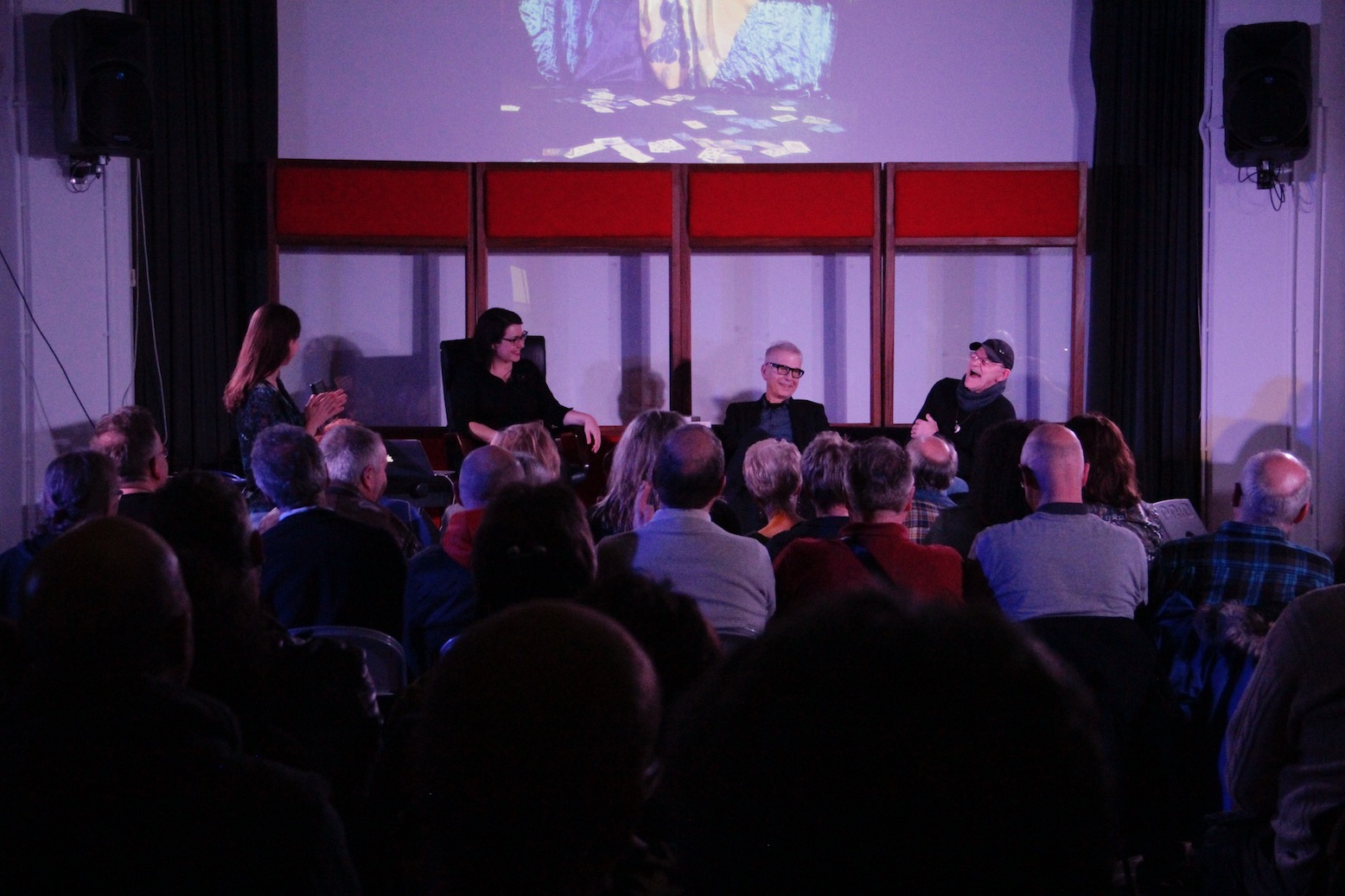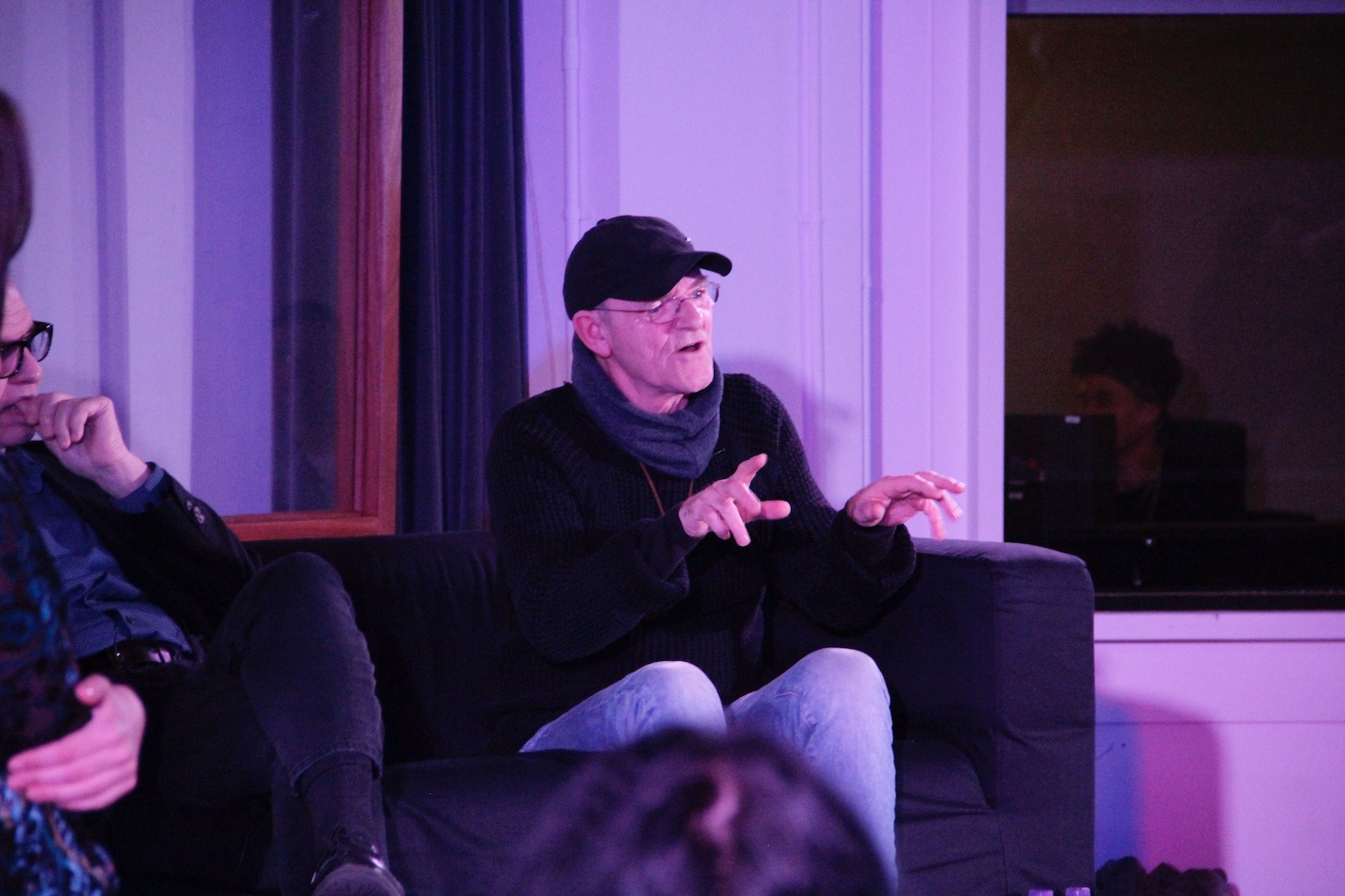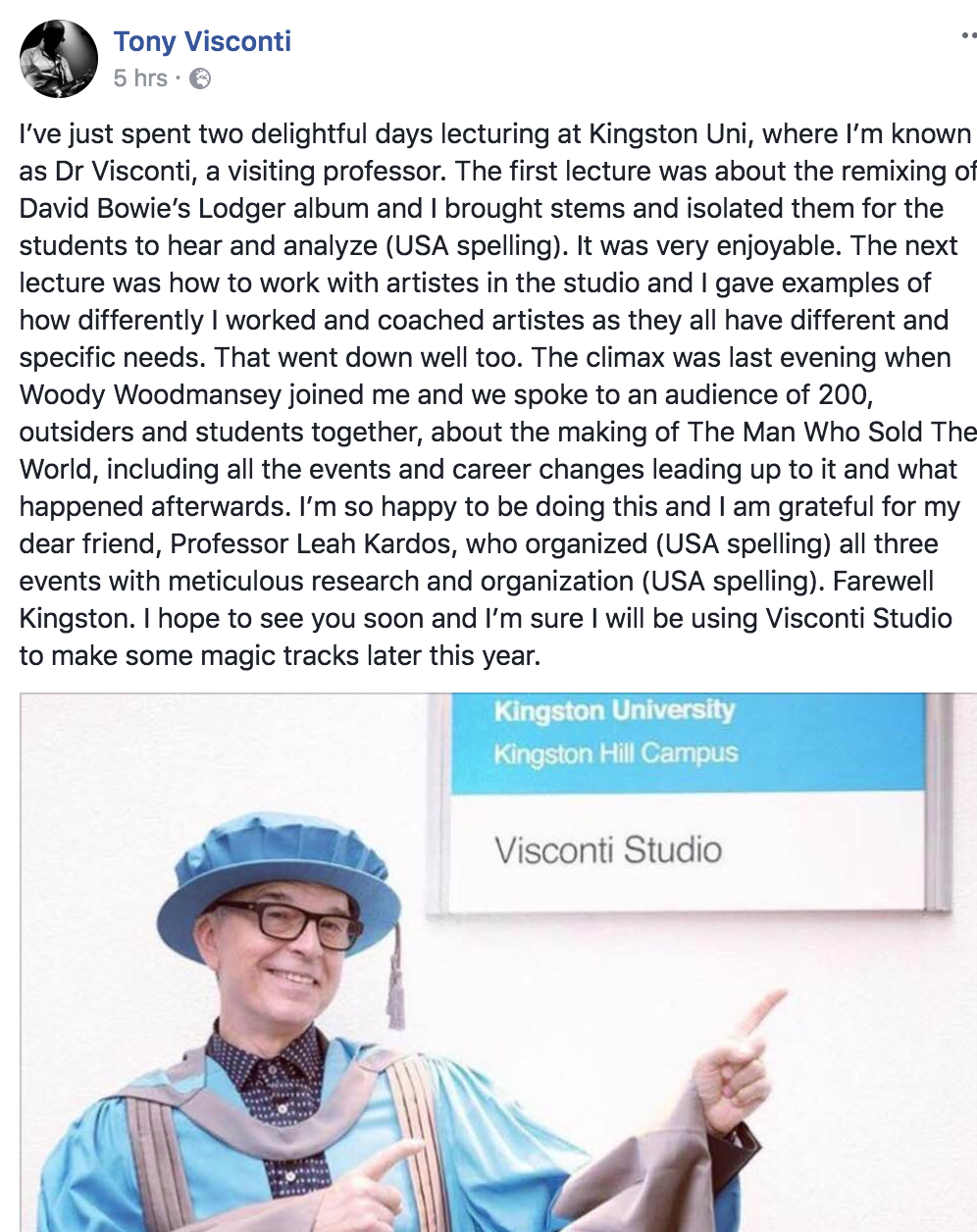Elizabeth Price: Sound of the Break
21/03/23 13:14
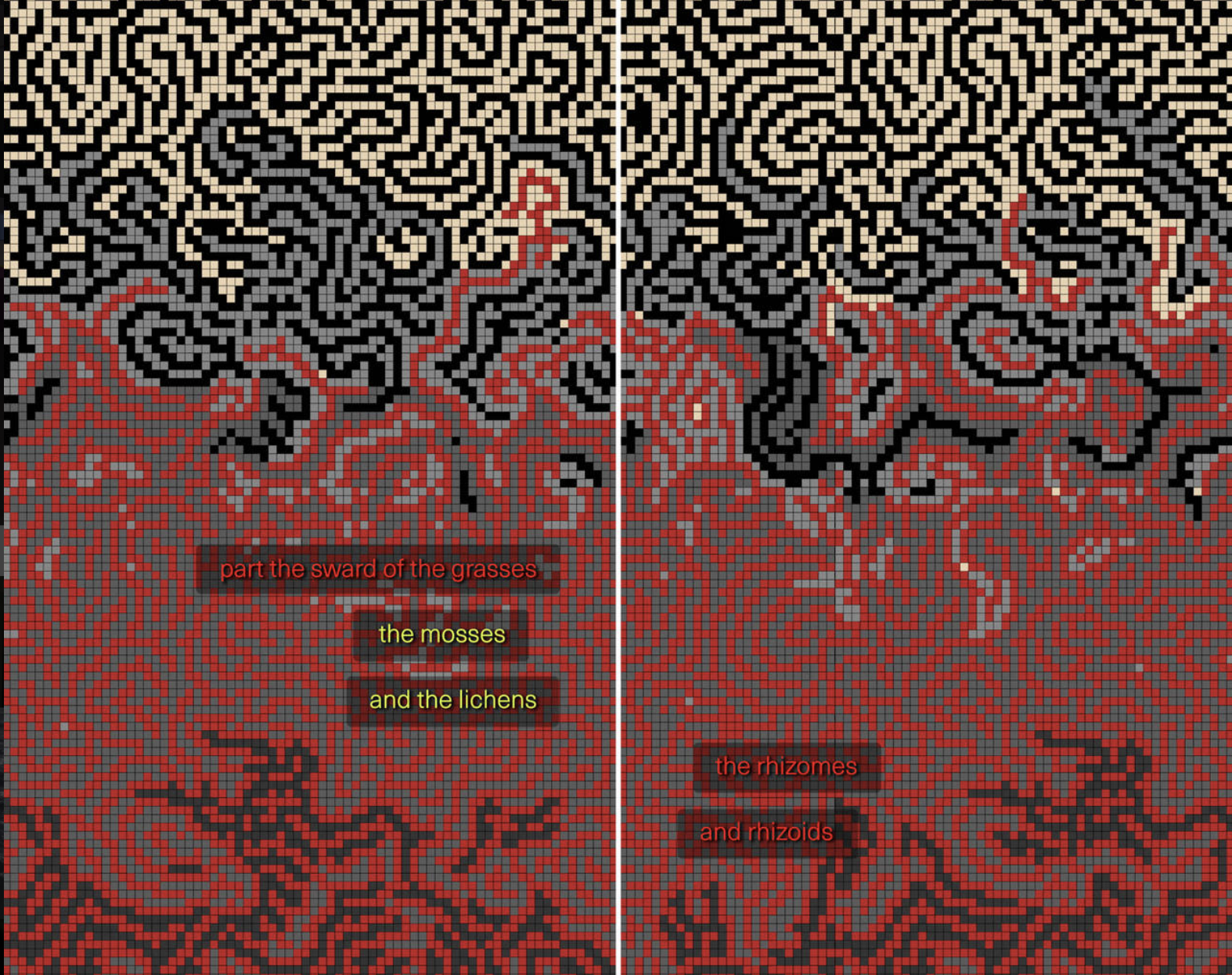
I felt very lucky to be asked to contribute some voice-based sound design for Elizabeth Price's new video installation Underfoot. This version of the work (which had previously been shown in Glasgow in a different iteration) will be premiered at Kunsthalle Schirn in Frankfurt (23 March–29 May) alongside other large-scale video installations by the Turner prize-winning artist.
Information about the show can be found here: https://www.schirn.de/en/exhibitions/2023/elizabeth_price/
-----
Space Oddity (cover) by KUSO
29/12/19 20:57
My Stylophone orchestra got to record a cover of Space Oddity with Tony Visconti to help celebrate the 50th anniversary of the song, and our music video was premiered by David Bowie Official!
We filmed some of the video on the day we recorded in the studio, and the 'tin can'/green screen bits we quickly shot on our last rehearsal of the year, using a 4-pack of those 'foil emergency blankets' and the cheapest space suit costume I could find on Amazon. The wonderful Mari Dangerfield edited it together for us - you can check it out below!
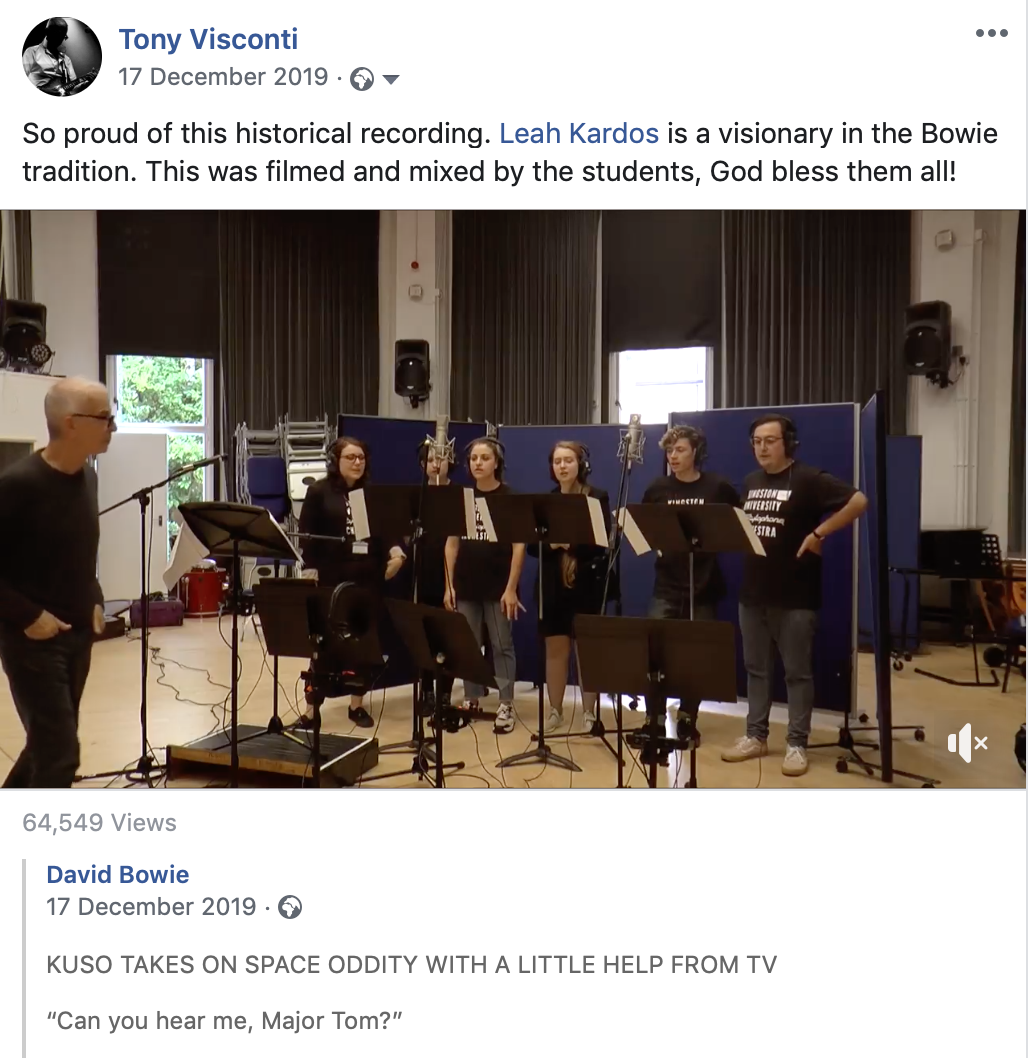
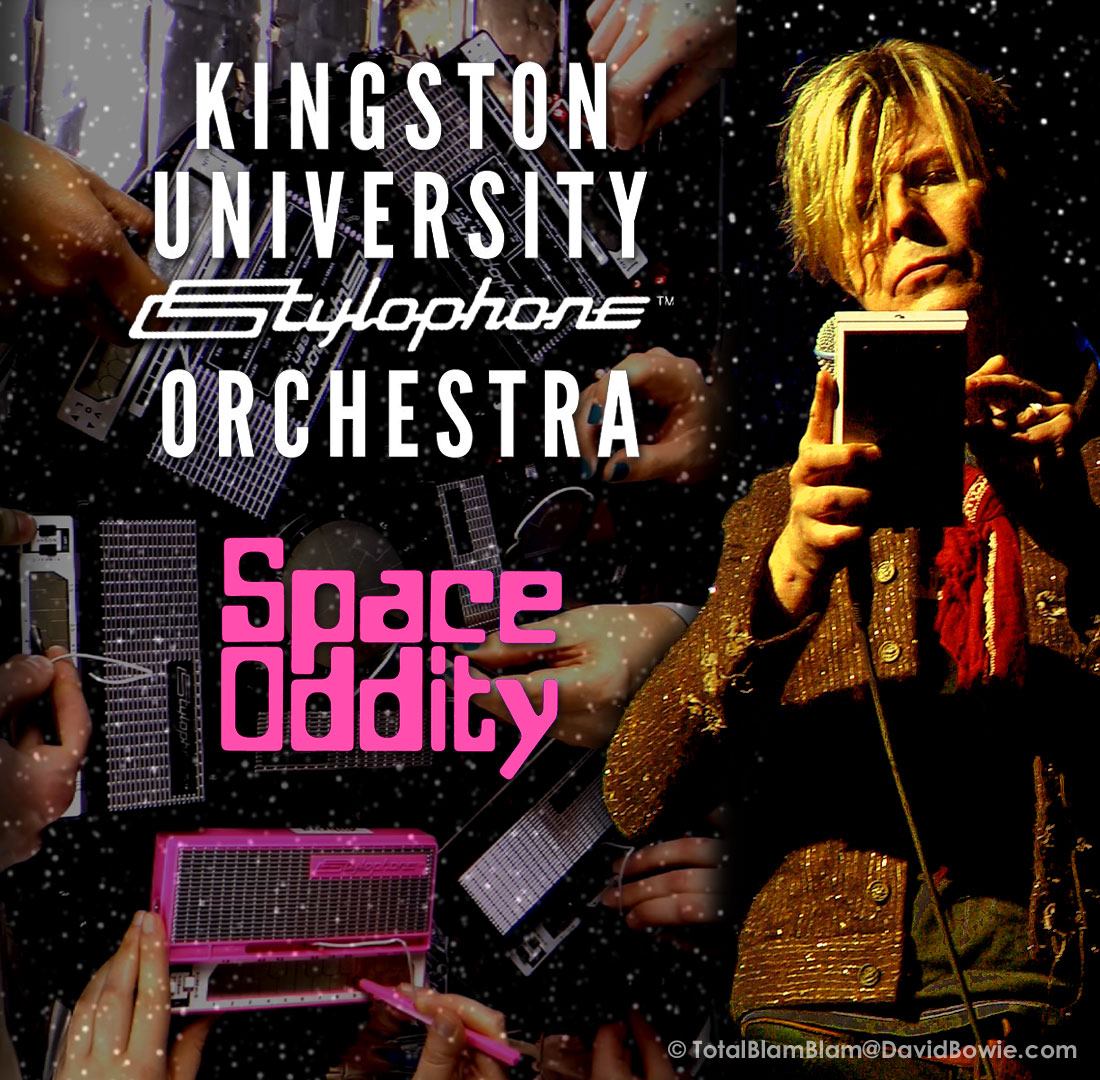 -----
-----
We filmed some of the video on the day we recorded in the studio, and the 'tin can'/green screen bits we quickly shot on our last rehearsal of the year, using a 4-pack of those 'foil emergency blankets' and the cheapest space suit costume I could find on Amazon. The wonderful Mari Dangerfield edited it together for us - you can check it out below!

 -----
-----KUSO
20/09/19 19:38
It was a chance event that led to the formation of the Kingston University Stylophone Orchestra - Dubreq, the company that makes the Stylophone, had gotten in touch with me with an offer to donate some vintage instruments to the Visconti Studio archive. This was around the same time that they were running a competition for their 50th anniversary, for which Tony was the judge so it seemed like a good idea for all of us to meet up at Visconti Studio.
They came with the vintage instruments (among the items a lovely old 350S, and the wonderful(ly bizarre) Piano-Mate), and a few boxes of standard stylophones. Tony was relaying stories of how he used to record the instrument, and fun ways to process the sound through amps and effects. At some point during the meeting I blurted out that I should 'start an orchestra' and before I really knew what it was that I had said, it was happening.
Then they sent me LOADS of stylophones. Different kinds. And batteries.
Thinking about how to arrange for these sounds, I decided to extend the ensemble to also include a theremin, omnichord, a vocal synth and some Korg Volca units. I bought a 16 channel preamp, a parametric EQ rack unit, and reverb/FX to chain the stylophones through, along with many many mini jack to 1/4" TRS cables. The idea was to massage the sound into something that could work as a pad texture, so that the band of stylos could function as a synthetic 'string section'.
I held tryouts in late 2018 and by January we had a group of brave and curious KUSO members regularly attending rehearsal, working on arrangements of Brian Eno, Robyn, Radiohead, Kraftwerk and Vangelis. Just 4 months later we had our first gig at the Stanley Picker Gallery in Kingston. In July we performed at the International Youth Arts Festival, first on an outdoor stage and then at the gala event (where we met with royalty, HRH Prince Edward).
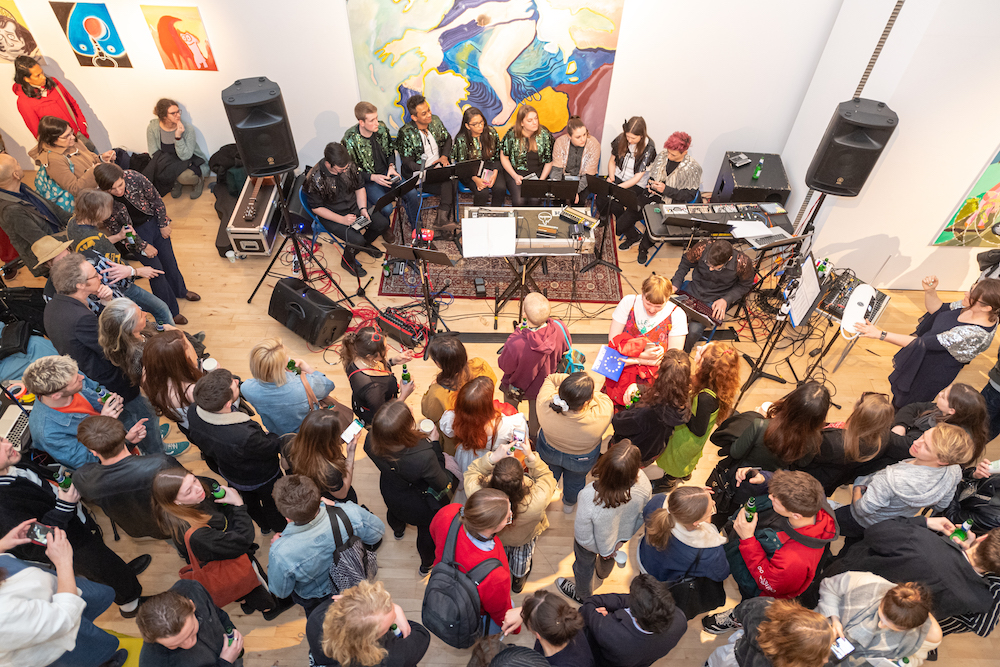
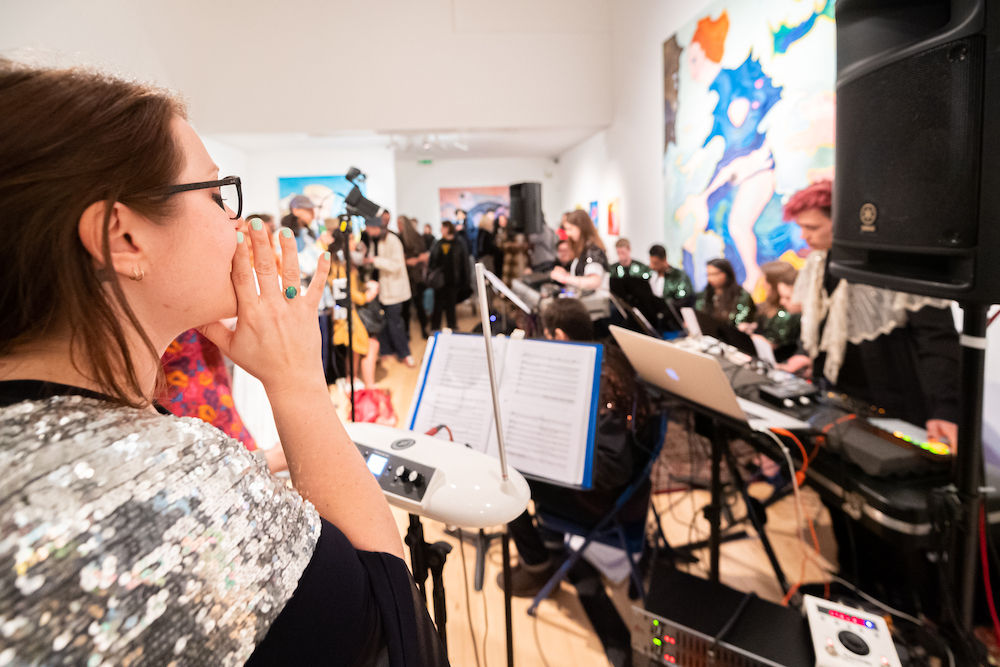
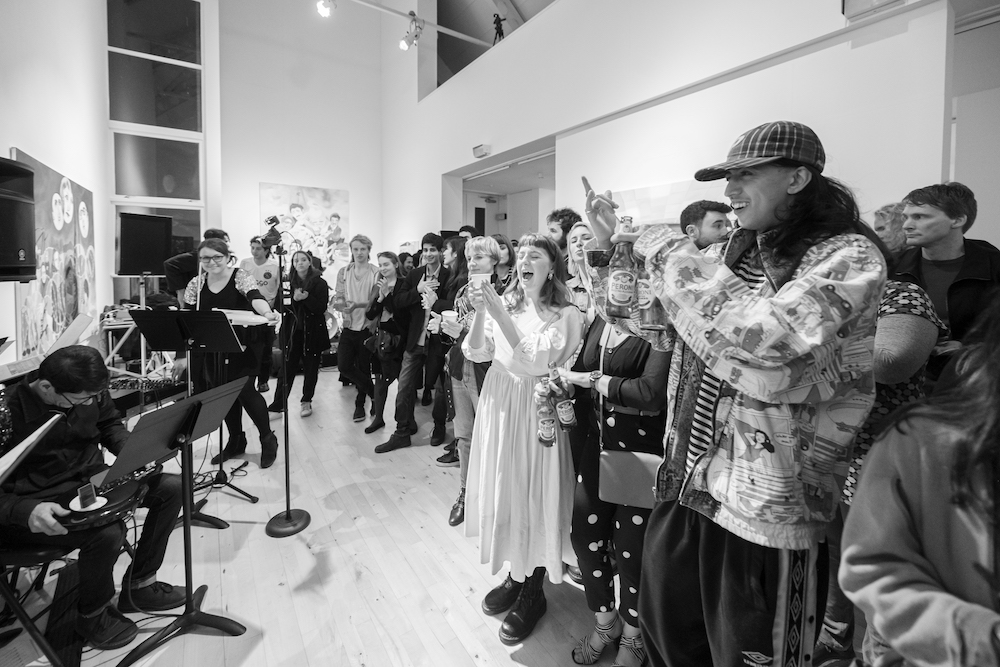
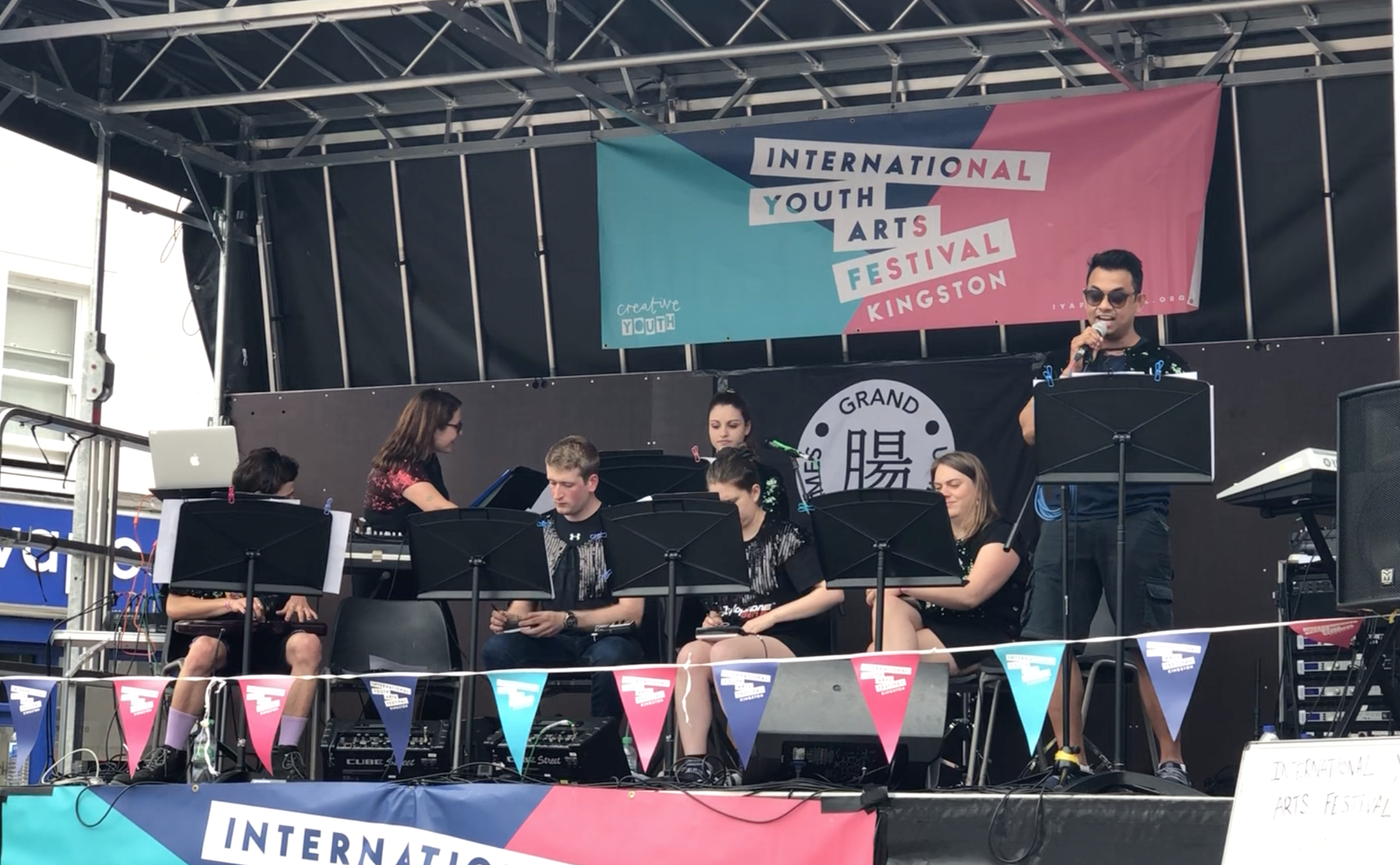
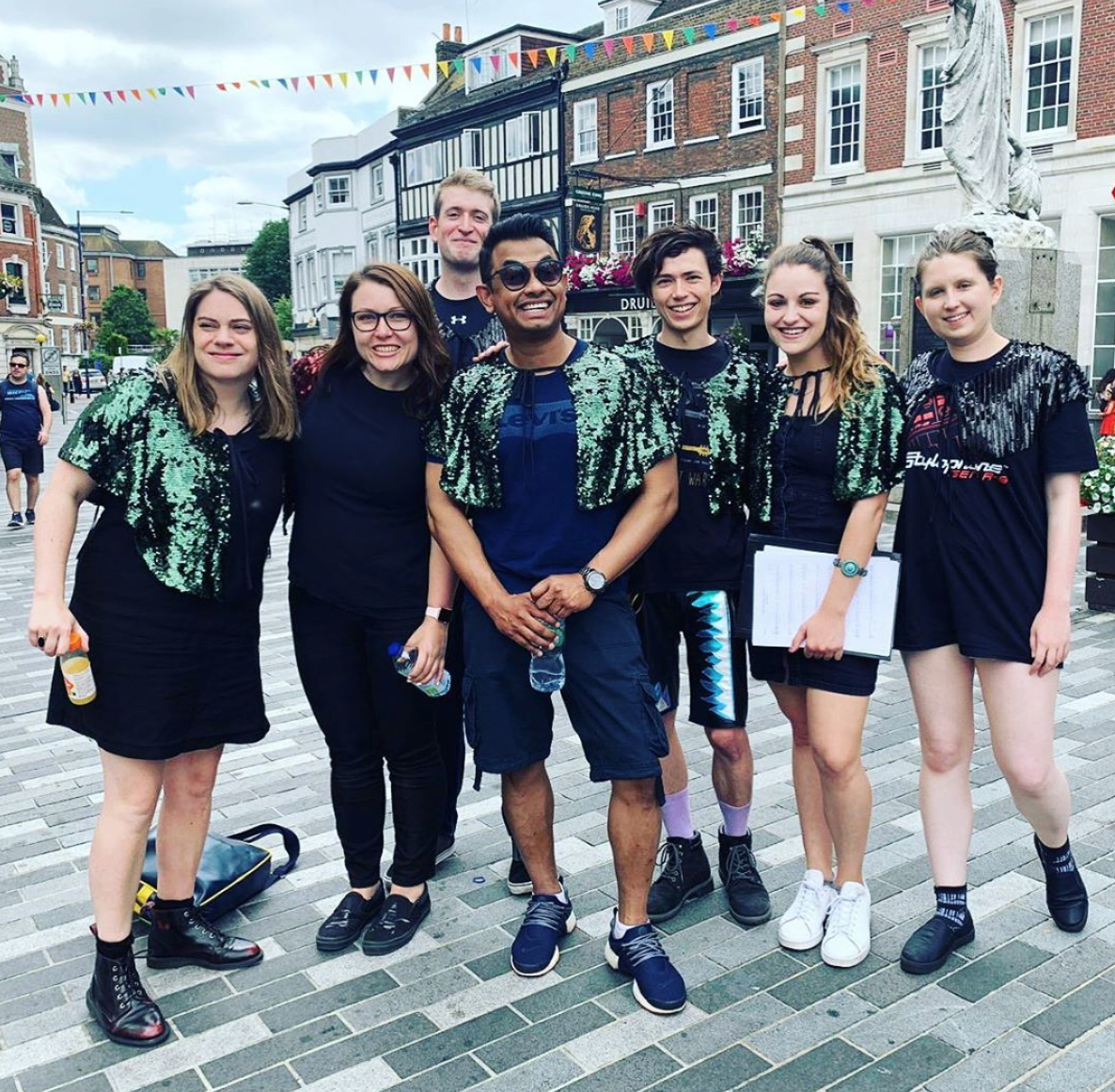
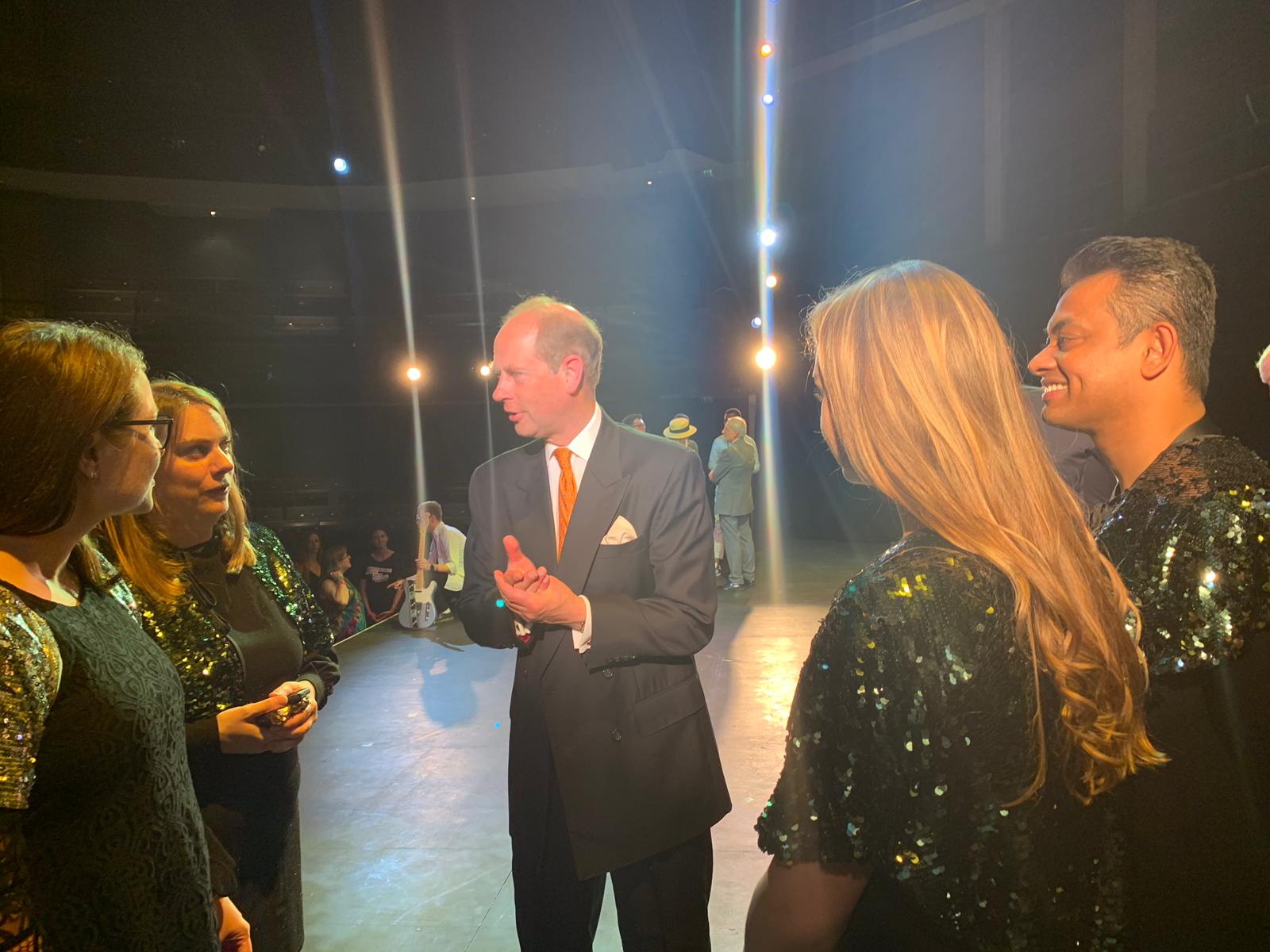
How awesome do we look in our sparkly capes? (New Look £7!)
In September the Stylophone Orchestra had an opportunity to record an arrangement of 'Space Oddity' in Visconti Studio, with Tony Visconti producing. Anyone who knows me knows what Bowie means to me so let me tell you I was PRETTY EXCITED. Also QUITE NERVOUS. I thought it was a good choice (other songs I was considering: T-Rex's 'Cosmic Dancer' and Bowie's 'Warszawa'). 'Space Oddity' won out in the end because it's obviously such a legendary stylophone track, and this year (2019) is its 50th anniversary. Of course Tony Visconti himself produced the original Space Oddity album in 1969… so y'know, no pressure.
Marcella and John from Dubreq came down for the day, and they made some custom T-shirts for us. They also brought a prototype of their new synth, the Gen R-8, which we used for one of the solo parts in the arrangement. Later that same day Tony asked us to perform a special arrangement for a track on his new solo album called 'Politics'. After this day I told the group that not only were we the best (only) Stylophone Orchestra on the planet, we were also the world's best (only) 'professional session Stylo ensemble', and that everyone should immediately update their LinkedIn profiles to reflect this.
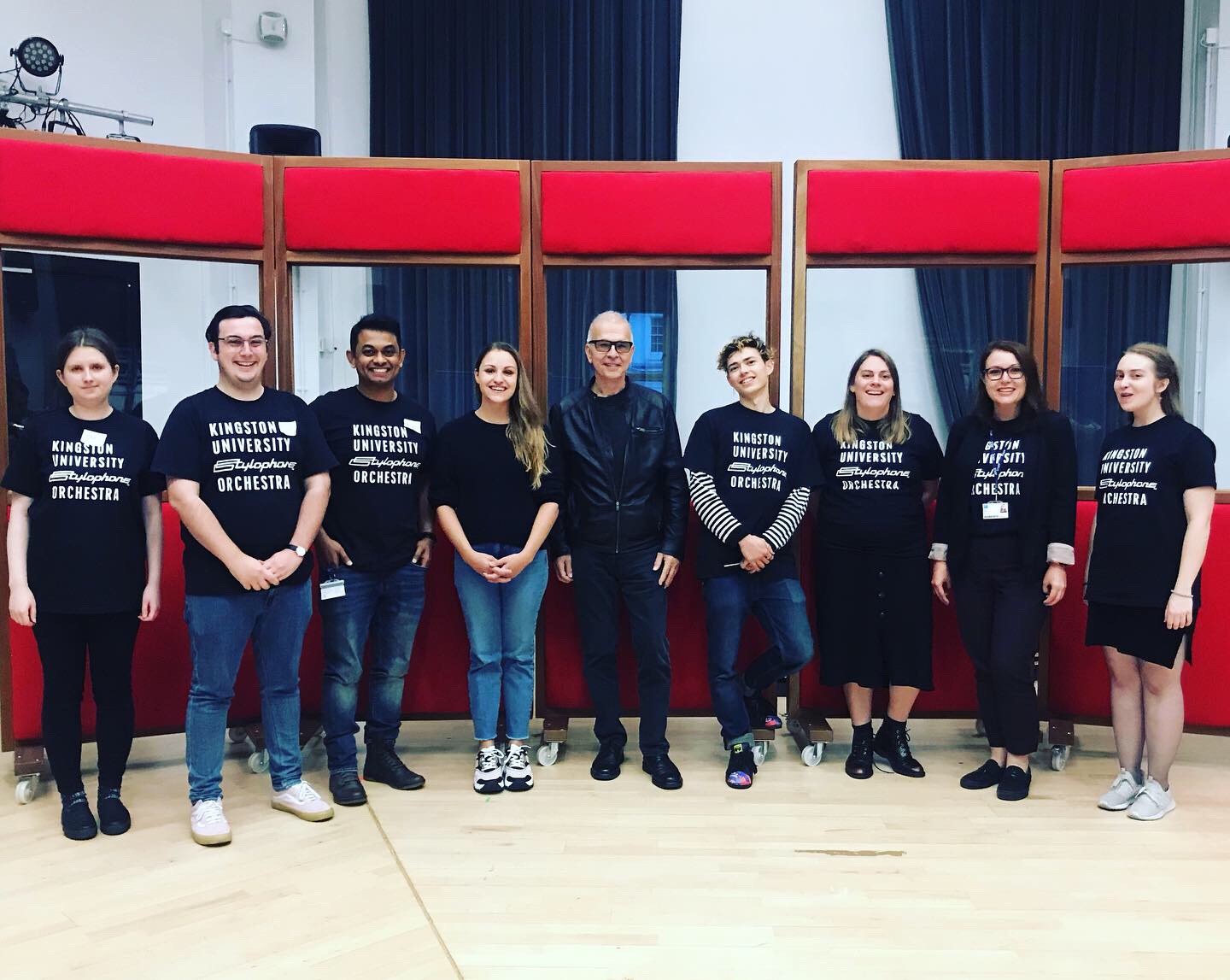
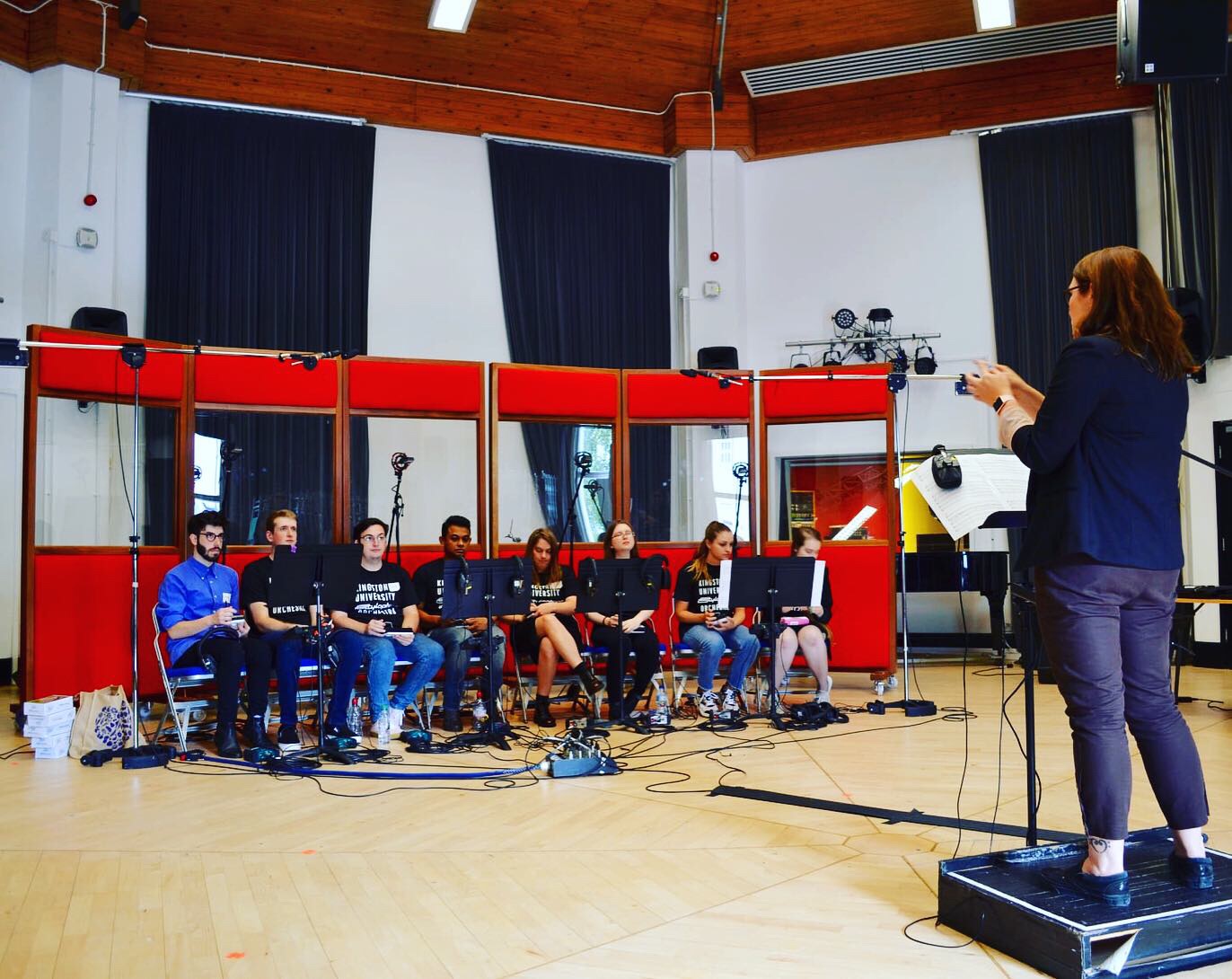
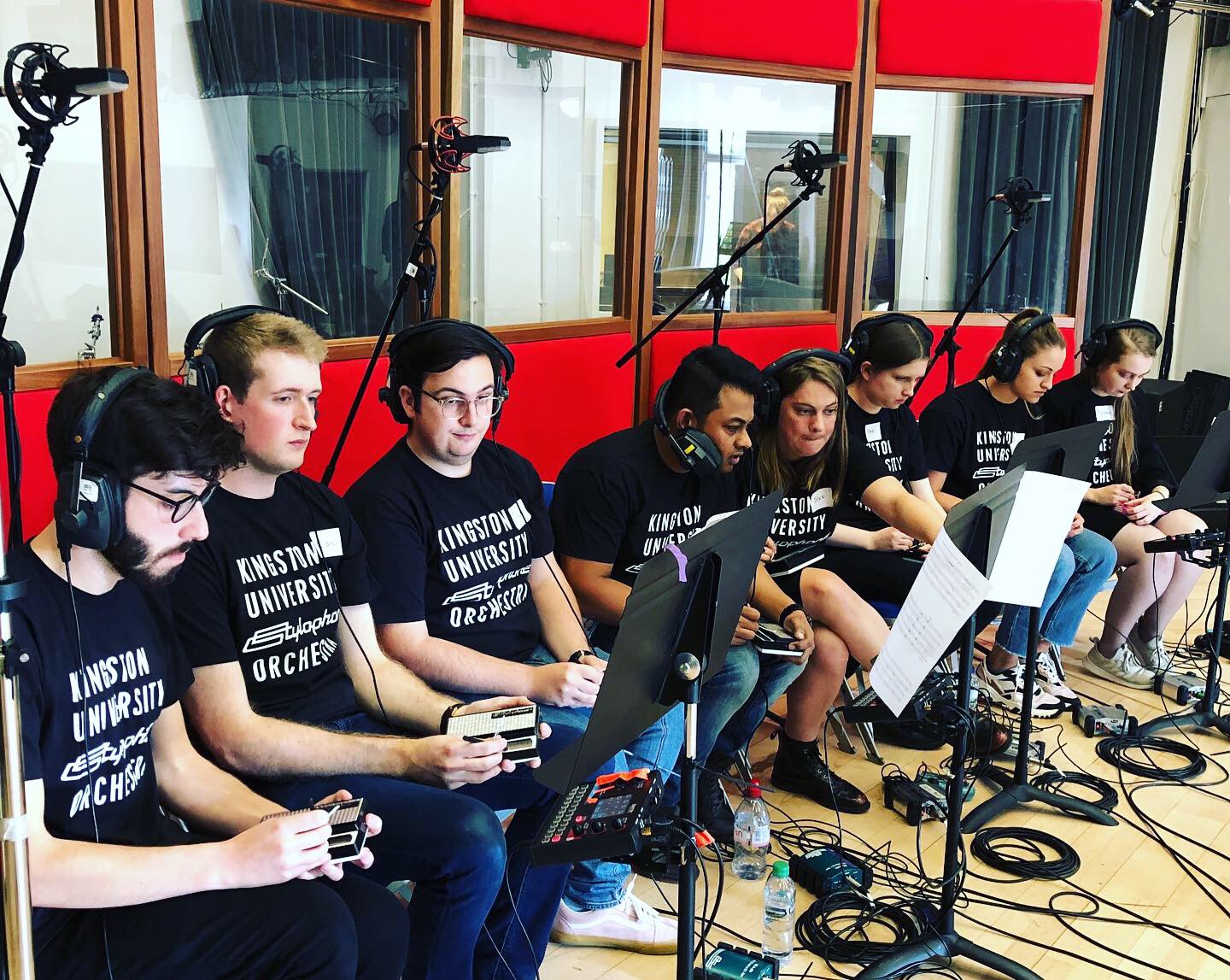
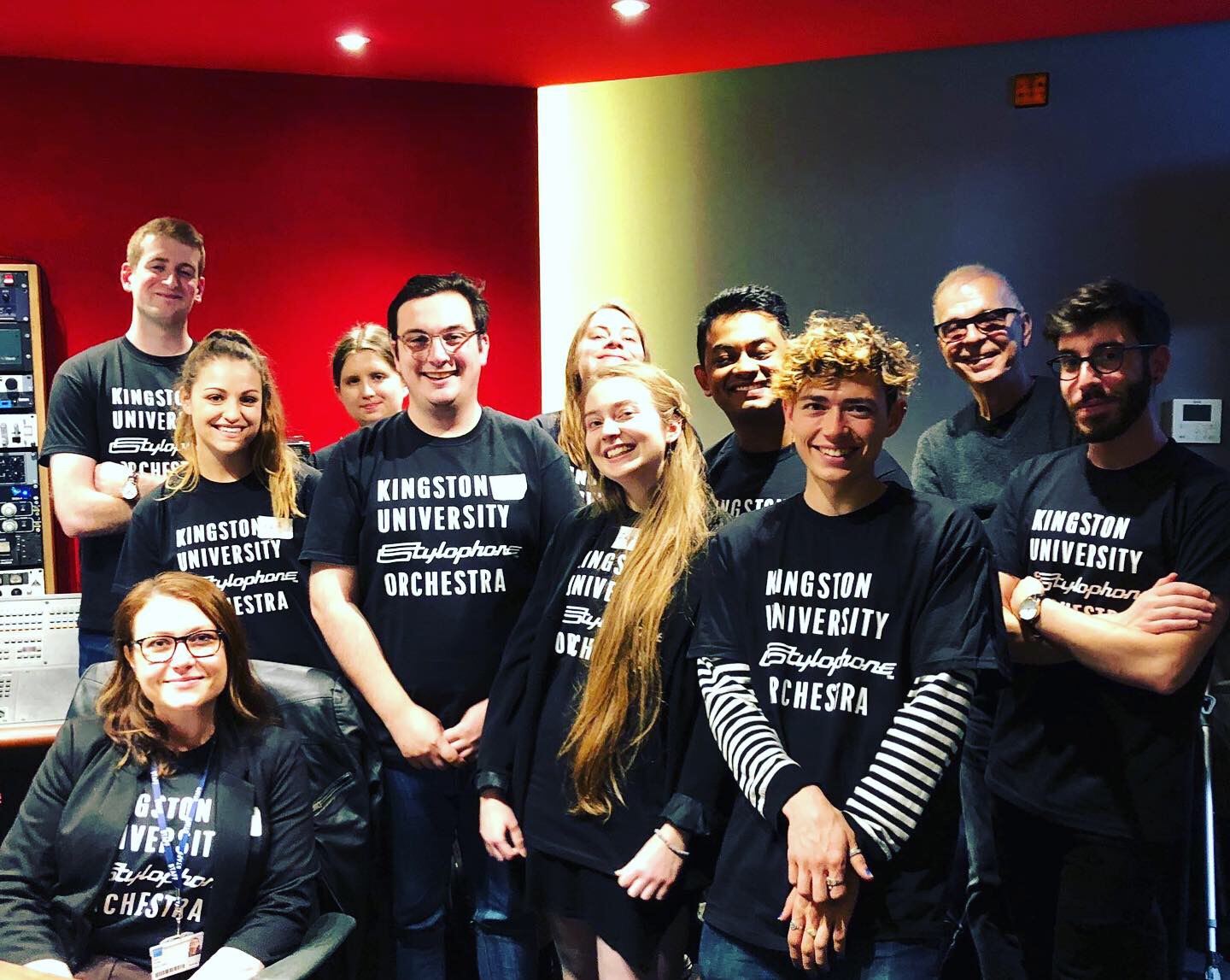
Now a new academic year has started, we've welcomed 5 new members to our ranks, and I'm busy sketching out some new arrangements. I think we're going to tackle some classical music now, and more original songs written by our talented members. I can't wait to see where this weird little project takes us next.
Follow us on Instagram. Also, we're looking for cool gigs - get in touch if you'd like us to play your event!-----
They came with the vintage instruments (among the items a lovely old 350S, and the wonderful(ly bizarre) Piano-Mate), and a few boxes of standard stylophones. Tony was relaying stories of how he used to record the instrument, and fun ways to process the sound through amps and effects. At some point during the meeting I blurted out that I should 'start an orchestra' and before I really knew what it was that I had said, it was happening.
Then they sent me LOADS of stylophones. Different kinds. And batteries.
Thinking about how to arrange for these sounds, I decided to extend the ensemble to also include a theremin, omnichord, a vocal synth and some Korg Volca units. I bought a 16 channel preamp, a parametric EQ rack unit, and reverb/FX to chain the stylophones through, along with many many mini jack to 1/4" TRS cables. The idea was to massage the sound into something that could work as a pad texture, so that the band of stylos could function as a synthetic 'string section'.
I held tryouts in late 2018 and by January we had a group of brave and curious KUSO members regularly attending rehearsal, working on arrangements of Brian Eno, Robyn, Radiohead, Kraftwerk and Vangelis. Just 4 months later we had our first gig at the Stanley Picker Gallery in Kingston. In July we performed at the International Youth Arts Festival, first on an outdoor stage and then at the gala event (where we met with royalty, HRH Prince Edward).






How awesome do we look in our sparkly capes? (New Look £7!)
In September the Stylophone Orchestra had an opportunity to record an arrangement of 'Space Oddity' in Visconti Studio, with Tony Visconti producing. Anyone who knows me knows what Bowie means to me so let me tell you I was PRETTY EXCITED. Also QUITE NERVOUS. I thought it was a good choice (other songs I was considering: T-Rex's 'Cosmic Dancer' and Bowie's 'Warszawa'). 'Space Oddity' won out in the end because it's obviously such a legendary stylophone track, and this year (2019) is its 50th anniversary. Of course Tony Visconti himself produced the original Space Oddity album in 1969… so y'know, no pressure.
Marcella and John from Dubreq came down for the day, and they made some custom T-shirts for us. They also brought a prototype of their new synth, the Gen R-8, which we used for one of the solo parts in the arrangement. Later that same day Tony asked us to perform a special arrangement for a track on his new solo album called 'Politics'. After this day I told the group that not only were we the best (only) Stylophone Orchestra on the planet, we were also the world's best (only) 'professional session Stylo ensemble', and that everyone should immediately update their LinkedIn profiles to reflect this.




Now a new academic year has started, we've welcomed 5 new members to our ranks, and I'm busy sketching out some new arrangements. I think we're going to tackle some classical music now, and more original songs written by our talented members. I can't wait to see where this weird little project takes us next.
Follow us on Instagram. Also, we're looking for cool gigs - get in touch if you'd like us to play your event!-----
The Model Citizen - RMIT Galllery, Melbourne 8/2 - 23/3
16/01/19 11:25
Are you a model citizen?
Meet the micro lenses of surveillance and audit culture; the algorithm of benign search engines; the political poetry of embodied dance; the veneer of the celebrity citizen; the performative monotony of routine; the bio-power of the viral robot; the ghostly noise of a thousand newsreaders speaking all at once, and the hopeful threads and fibres of participatory culture.
For this exhibition I have collaborated with Sean Redmond on an installation titled "The Unknown Celebrity". This will be a mock up on a fan's bedroom. The room, the shrine, will worship this unknown celebrity: this model citizen. Of course, the person whose room it is, is the one and same unknown celebrity who is being worshipped– a haunting mirror on their own invisibility and hungriness to be noticed. Their self-adoring room guarantees them the ubiquity of model citizenship...
The four separate components of my soundscape are designed to be experienced in various locations within the constructed environment. The sonic scenes are haunted by timbres of embedded musical memory, experience and emotion. All compositions are set to a tempo of 60BPM.
Mirror (9’20") plays with repetition, feedback, texture, mimicry and multiplicity of a single voice. Memory (8’17”) uses the aesthetics of vapourware, ambient trip hop and broken tape effects. Shrine (21’08”) is a collage of original vocal recordings, reversed, resampled and stretched. Sleep (10'32”) is an extended version of a piece originally released on the album Machines (2012), and includes cello parts performed by Catherine Saumarez.
My definition of a model citizen: My model citizen is a person who represents the shared human experience in contemporary media cultures. A person whose development is influenced and shaped by outside stimulus - preferences, ideologies and philosophies growing in the hothouse of contemporary fandom. They say there’s a spot in the human brain that has evolved to specifically process timbre, and as a result most of us can differentiate between hundreds of voices, understanding the communicative intent or emotion behind them. Our personalities, histories and collective cultural becoming is soaked through with sounds and music; it transmits feeling and intent, and allows us travel the backroads of our deepest memories. What we experience and love becomes part of who we are.
-----
I have the coolest day job [part 1]
03/03/18 13:45
Tony Visconti Interview
18/04/17 22:41
Here's Tony in conversation with M-Audio, on location at our very own Visconti Studios at Kingston University.
*Proud face*
-----
*Proud face*
-----
An Evening With Tony Visconti - 6th Dec, 2016 [Update: photos]
12/10/16 18:16
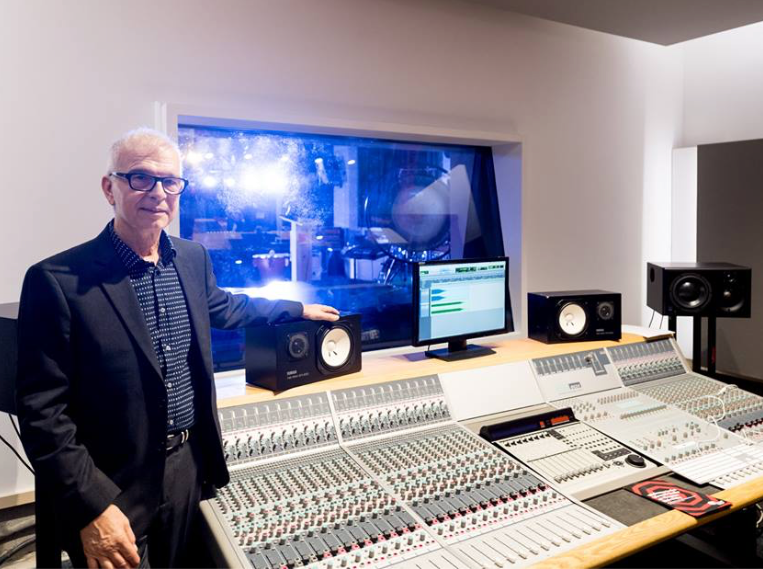
Kingston University, London is proud to host An Evening With Tony Visconti - legendary record producer in-conversation, discussing highlights of his career. The evening will take place in the newly opened Visconti Studio and draw particular focus on Tony's work in arranging for strings.
There'll be time for Q&A, and a drinks reception afterwards. Tickets are available to book via this link:
https://www.eventbrite.co.uk/e/an-evening-with-tony-visconti-tickets-29219026896
******** UPDATE ********
What a great night! Definitely one of the coolest things I have ever been a part of. Photos by Alex Evans:
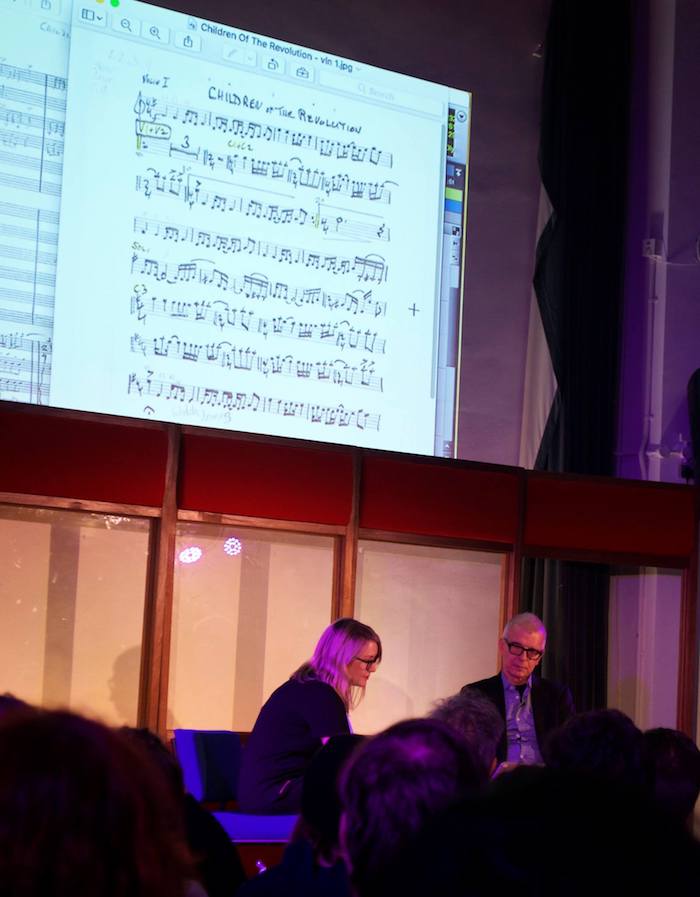
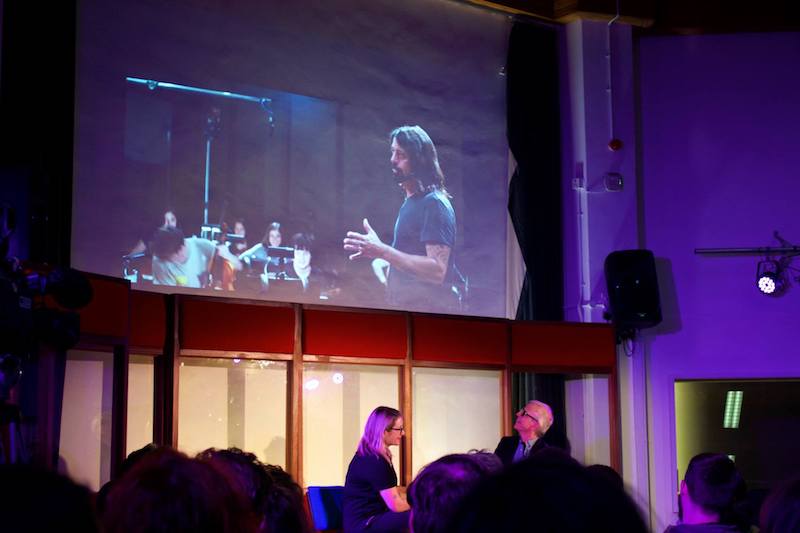
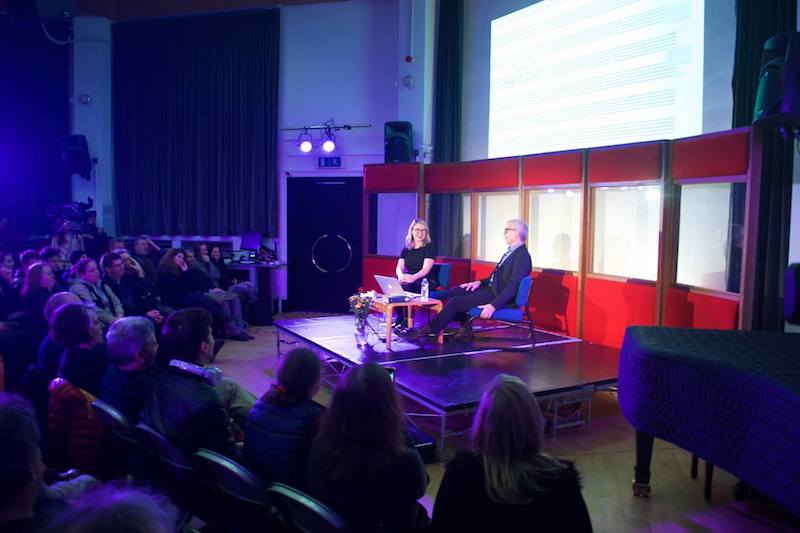
-----
Visconti Studio featured in Audio Media International
24/09/16 23:09
This month, our studio is a cover girl. Click on the image below to access the online reader and check out the feature article on pg 22.
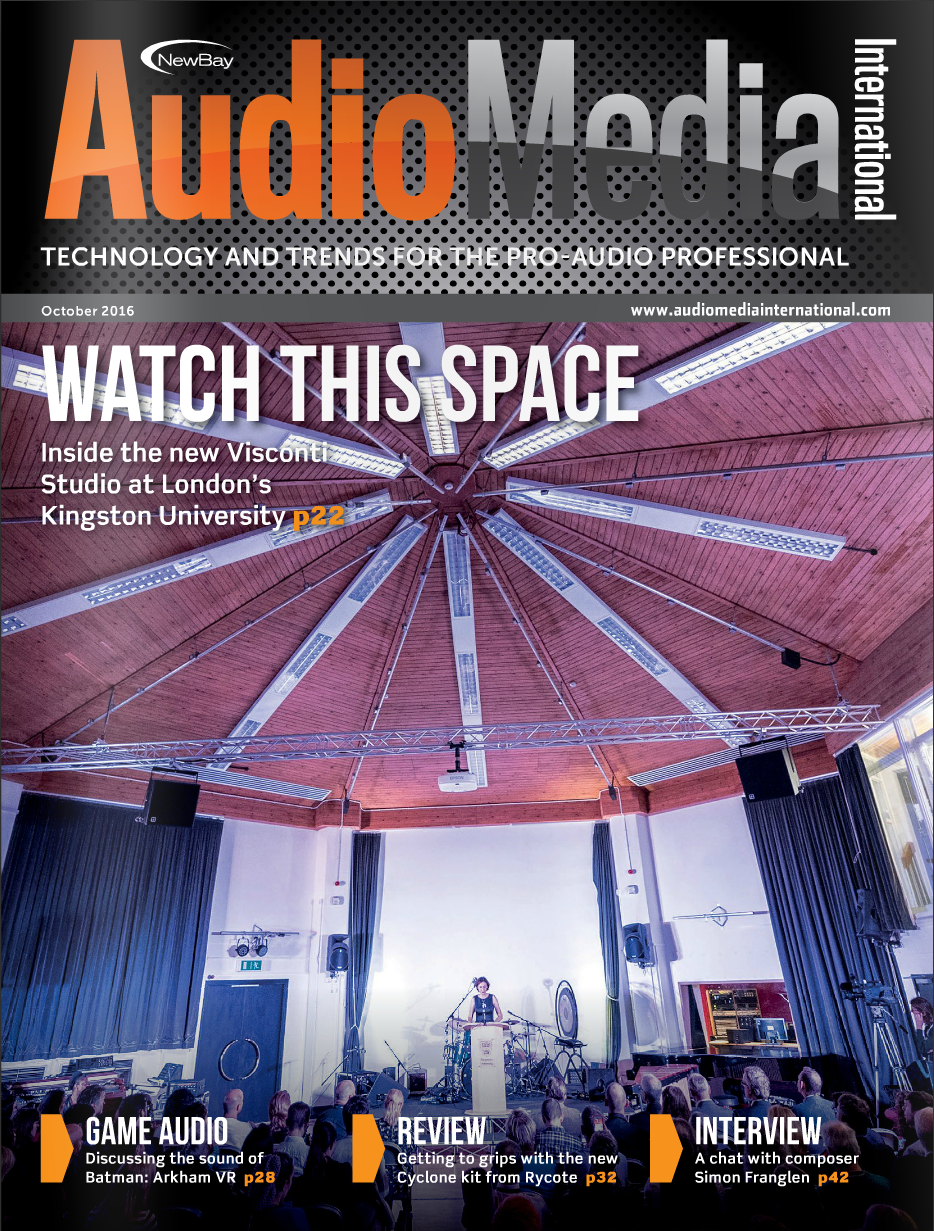
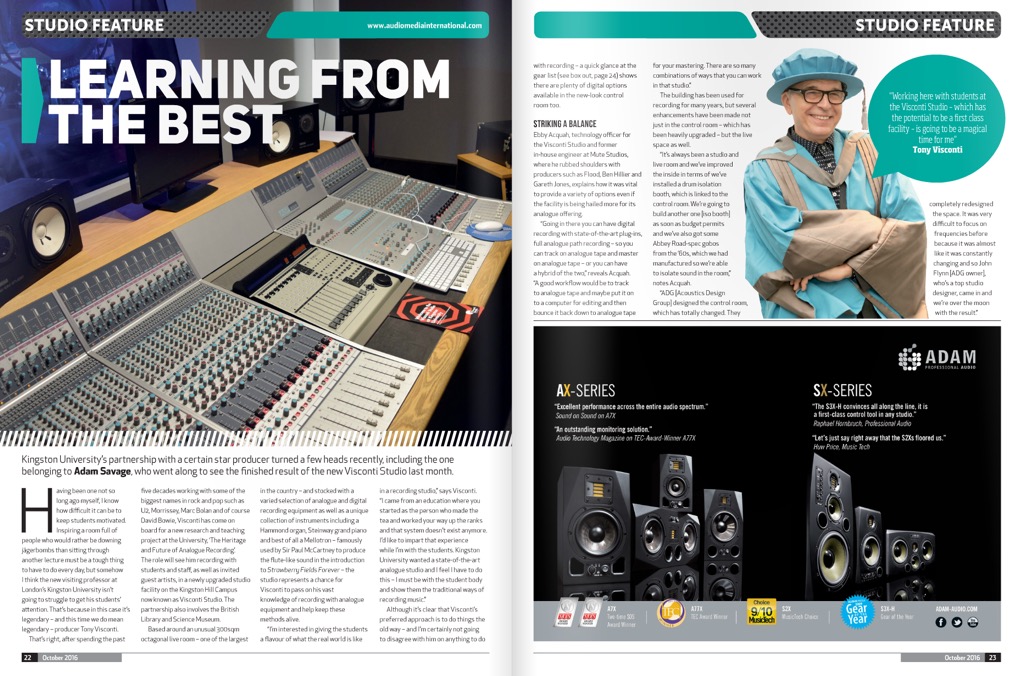 -----
-----

 -----
-----A month in photos (Aug-Sept)
24/09/16 23:08
… in which I holiday in Australia, attend the first recording project and grand opening of the Visconti Studio at Kingston University, and then made a quick trip to Lisbon to present a paper at a Bowie-themed academic conference. You may have also heard me chatting about the studio on BBC 6 Music news last week (listen again here and here) - that wasn't nerve wracking AT ALL…
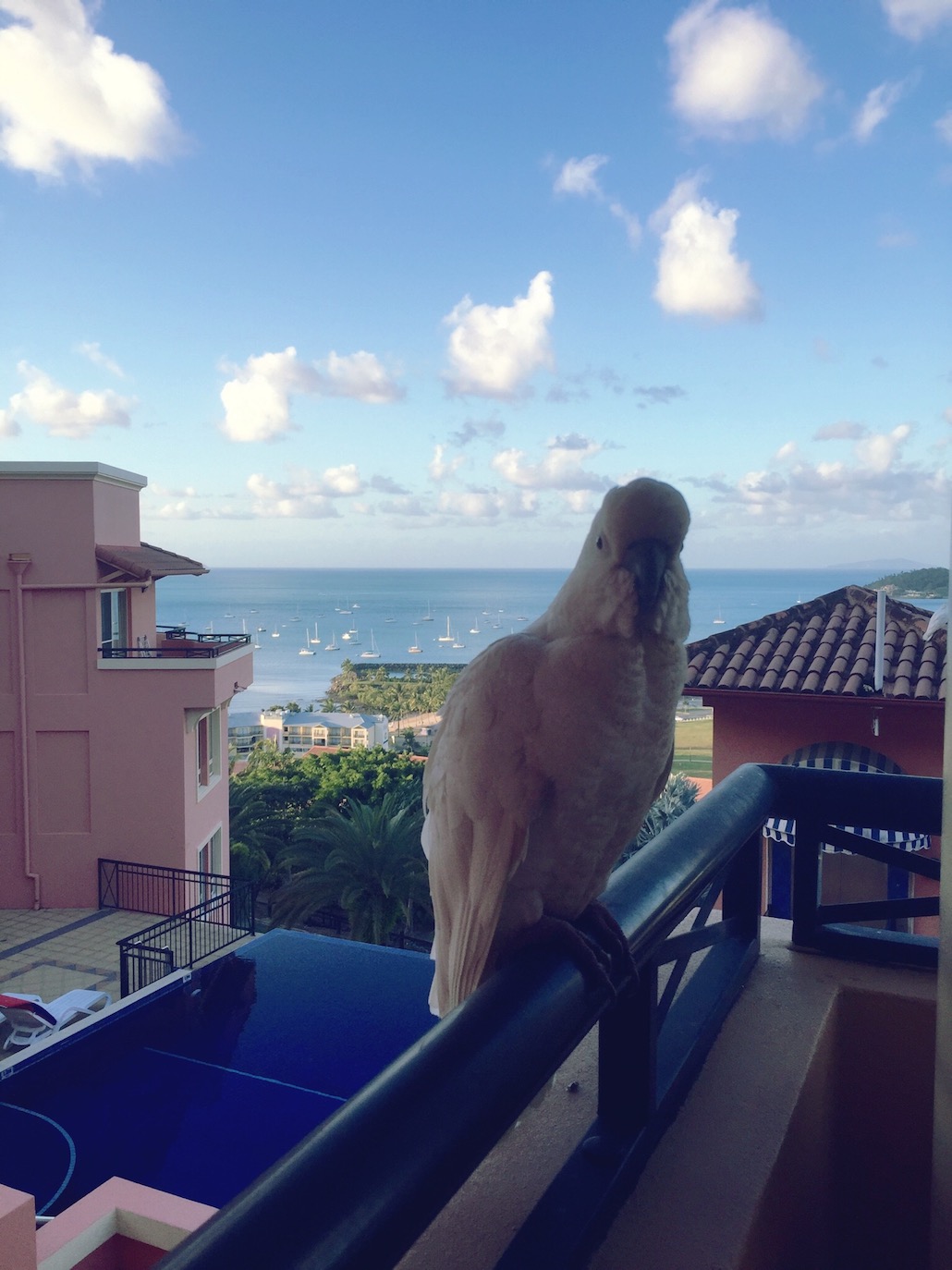

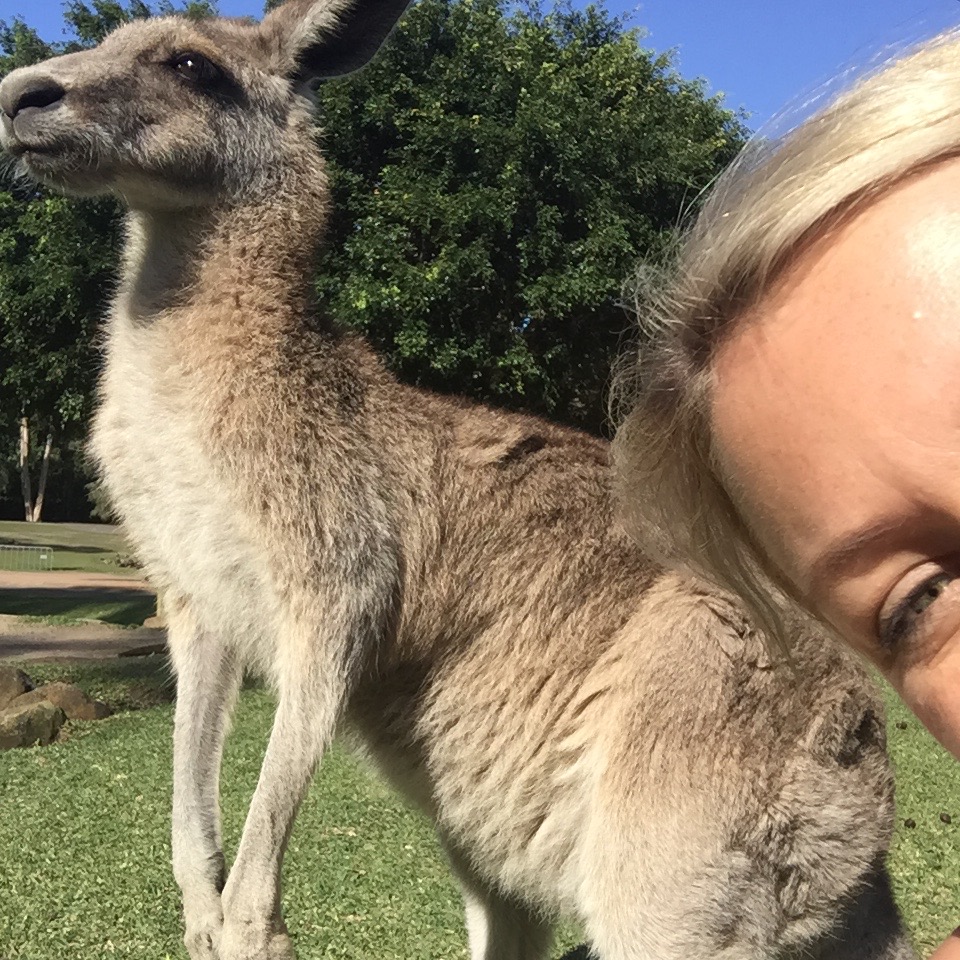
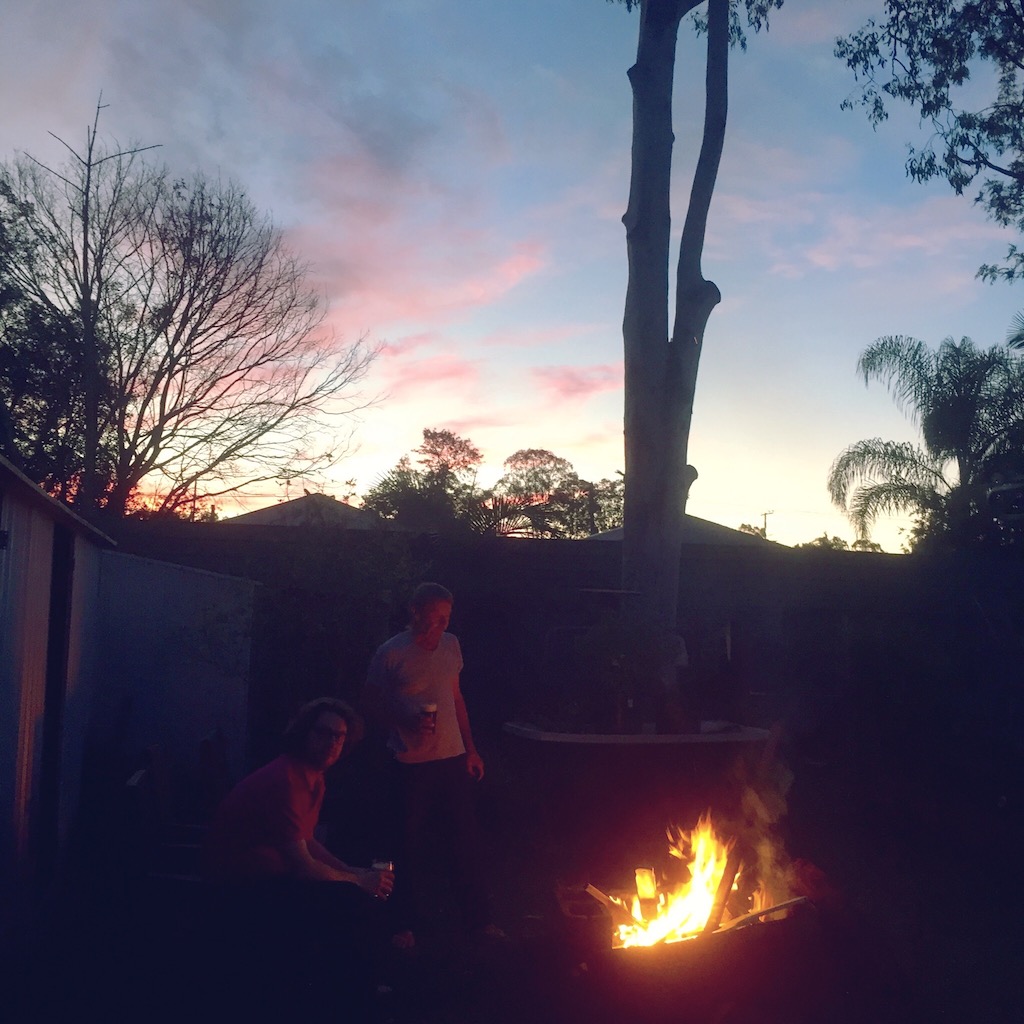
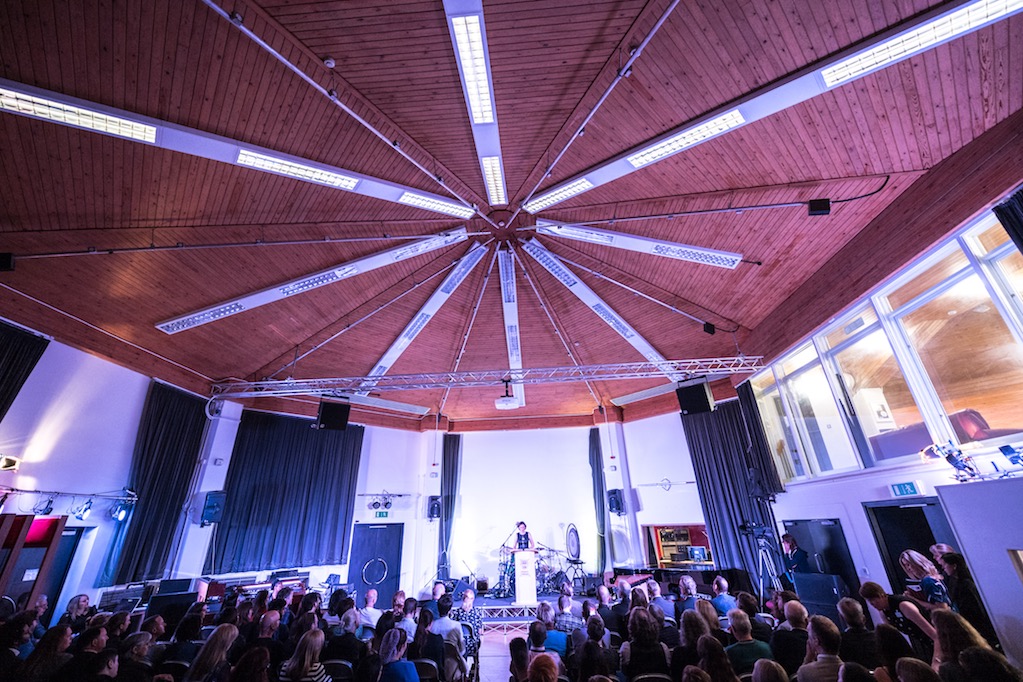
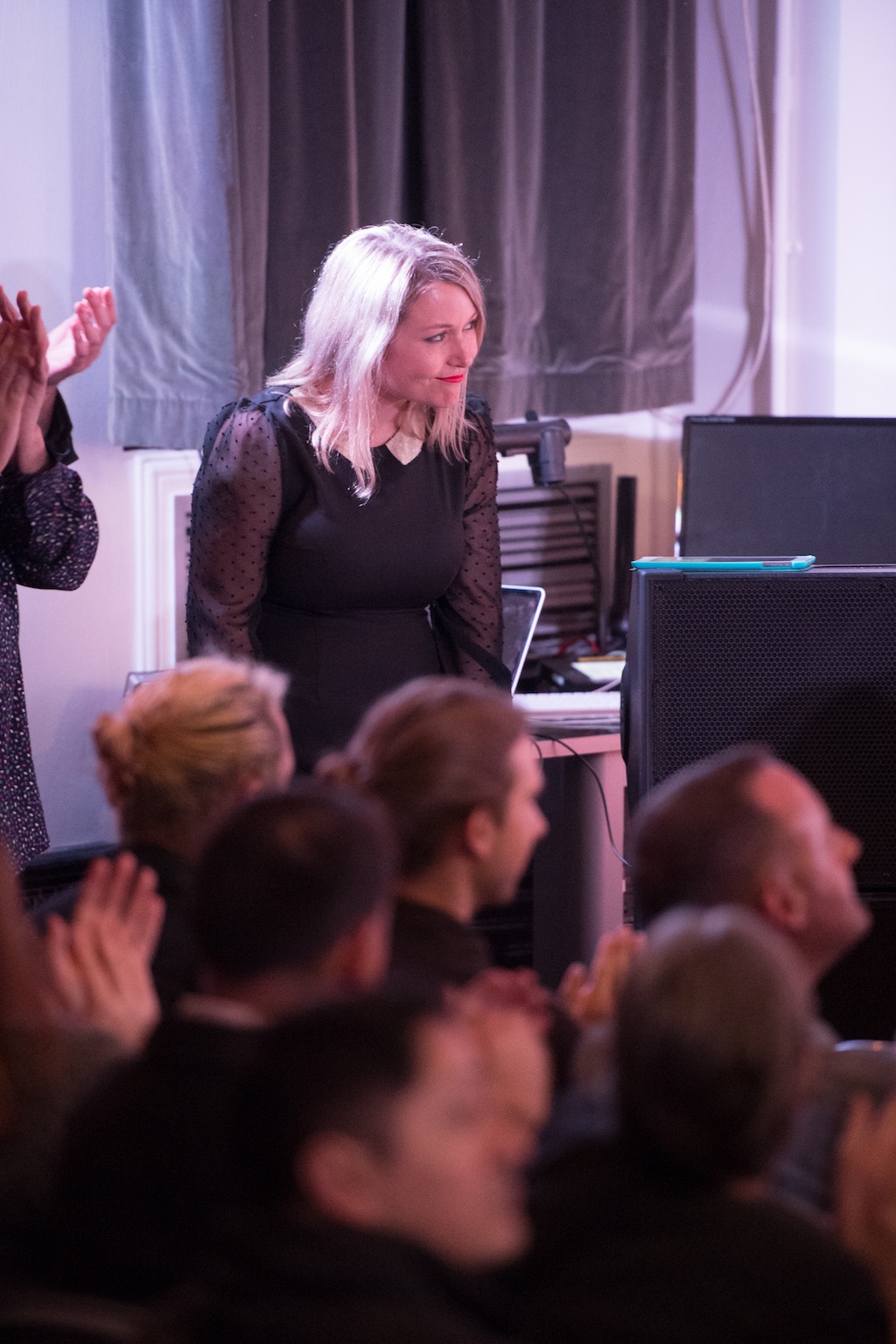
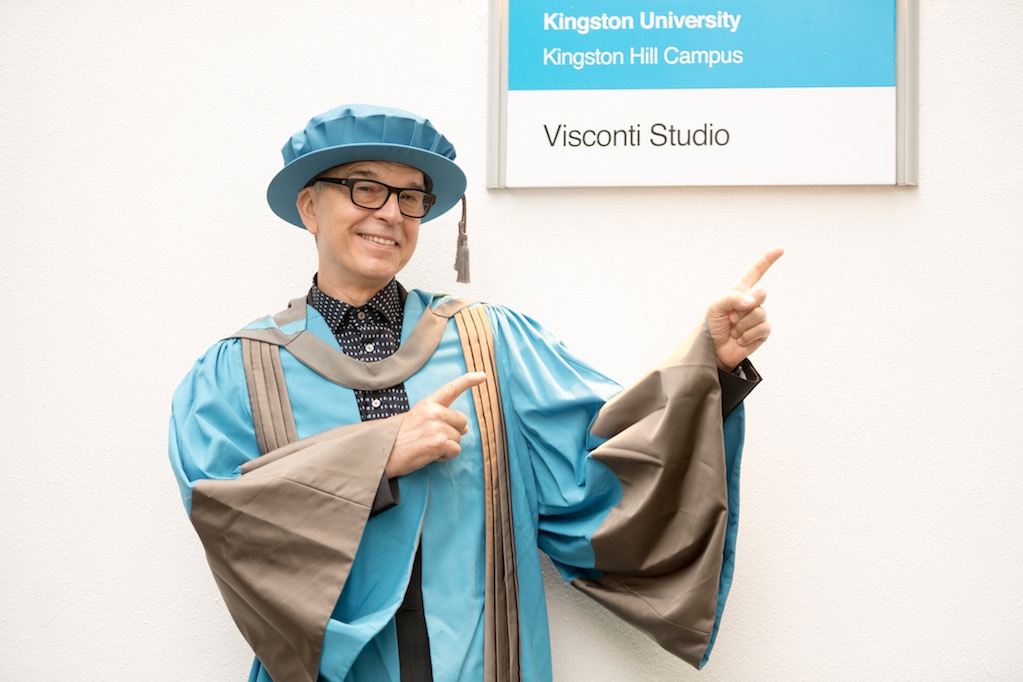
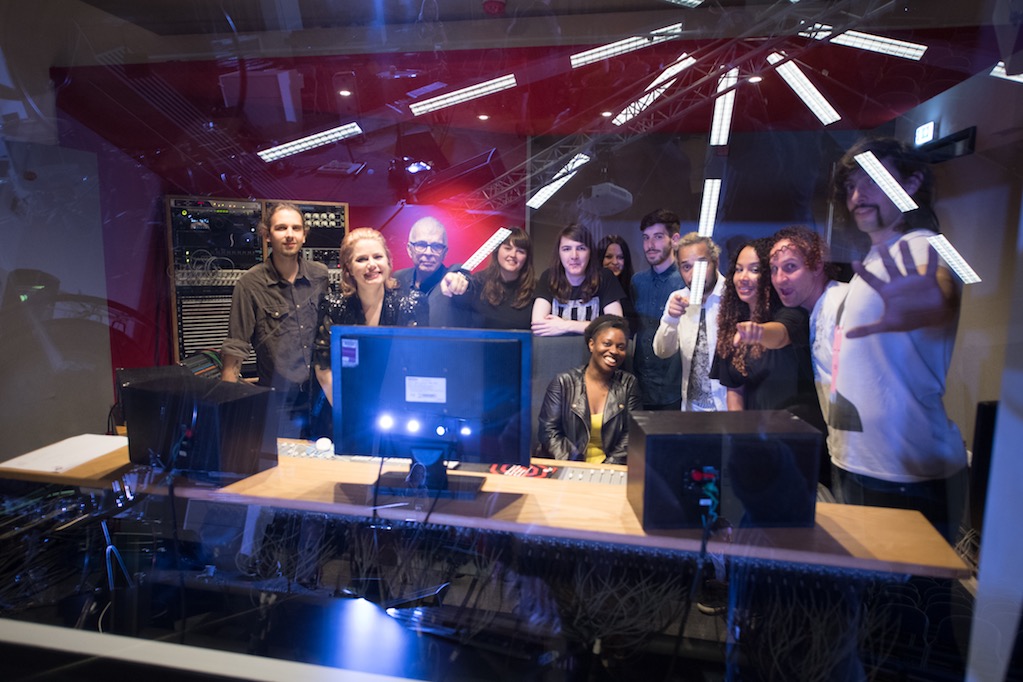
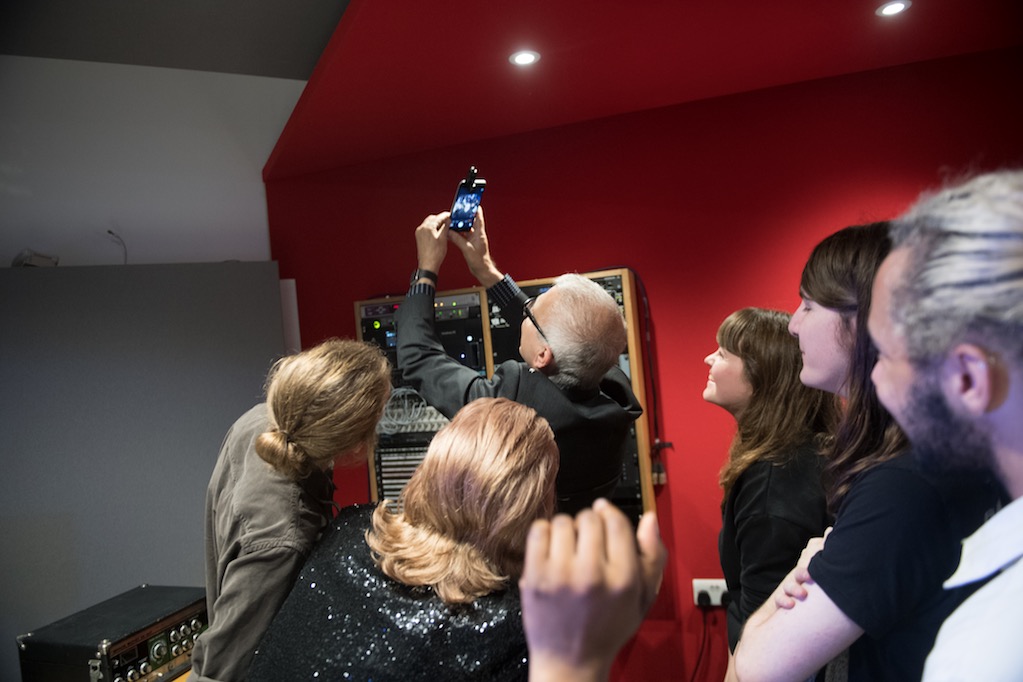
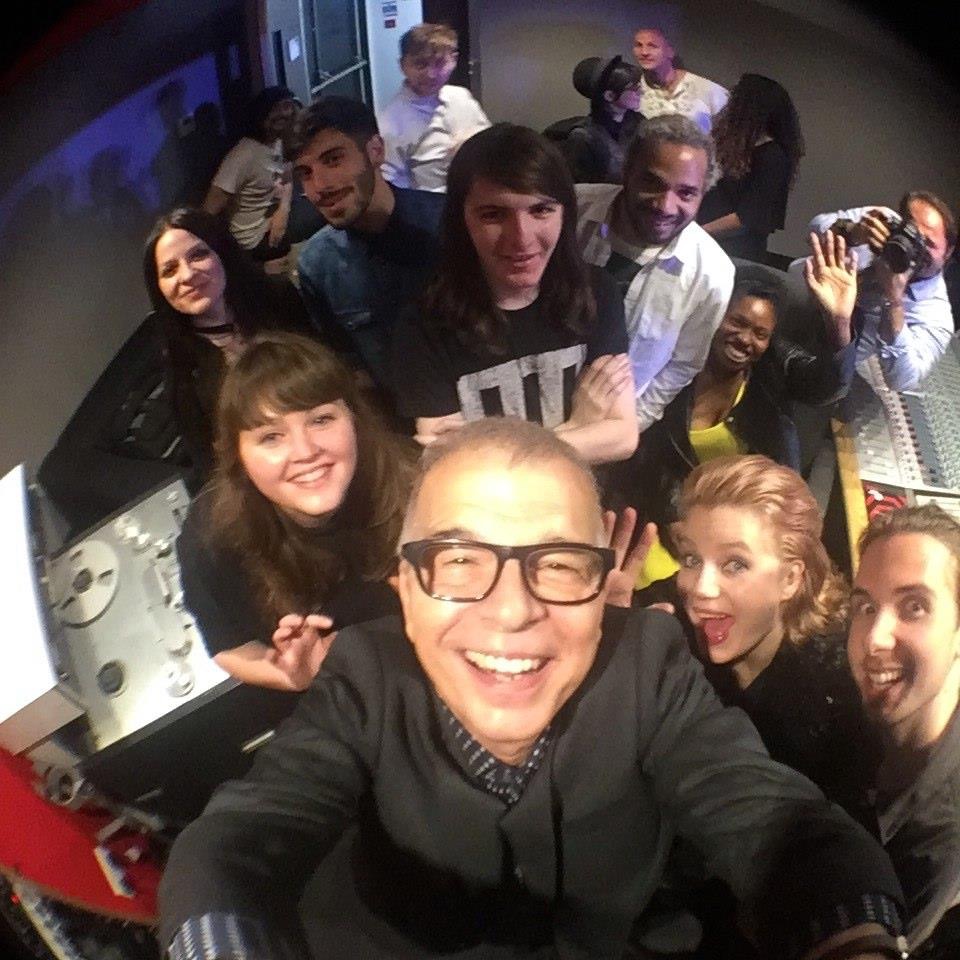










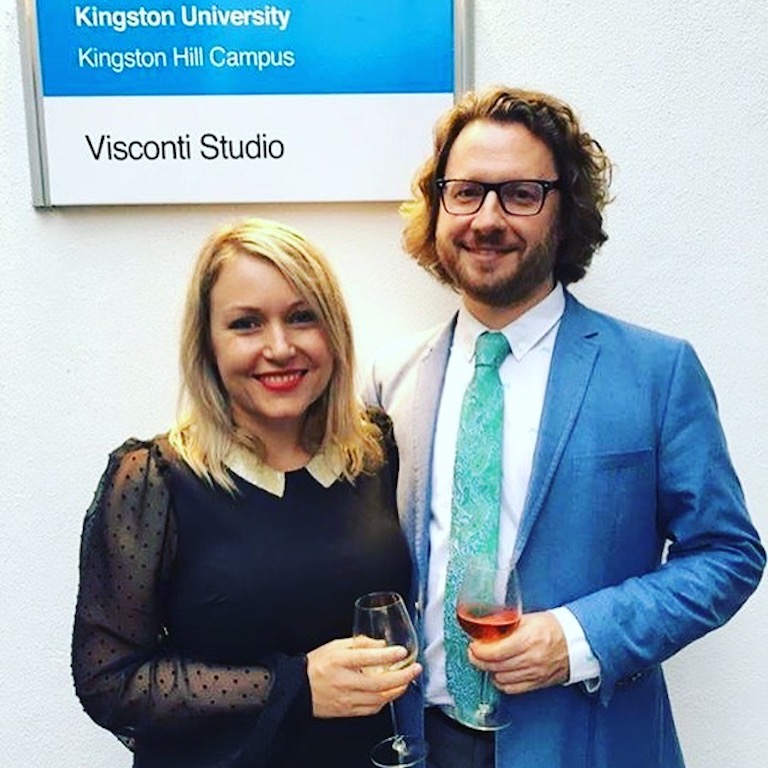
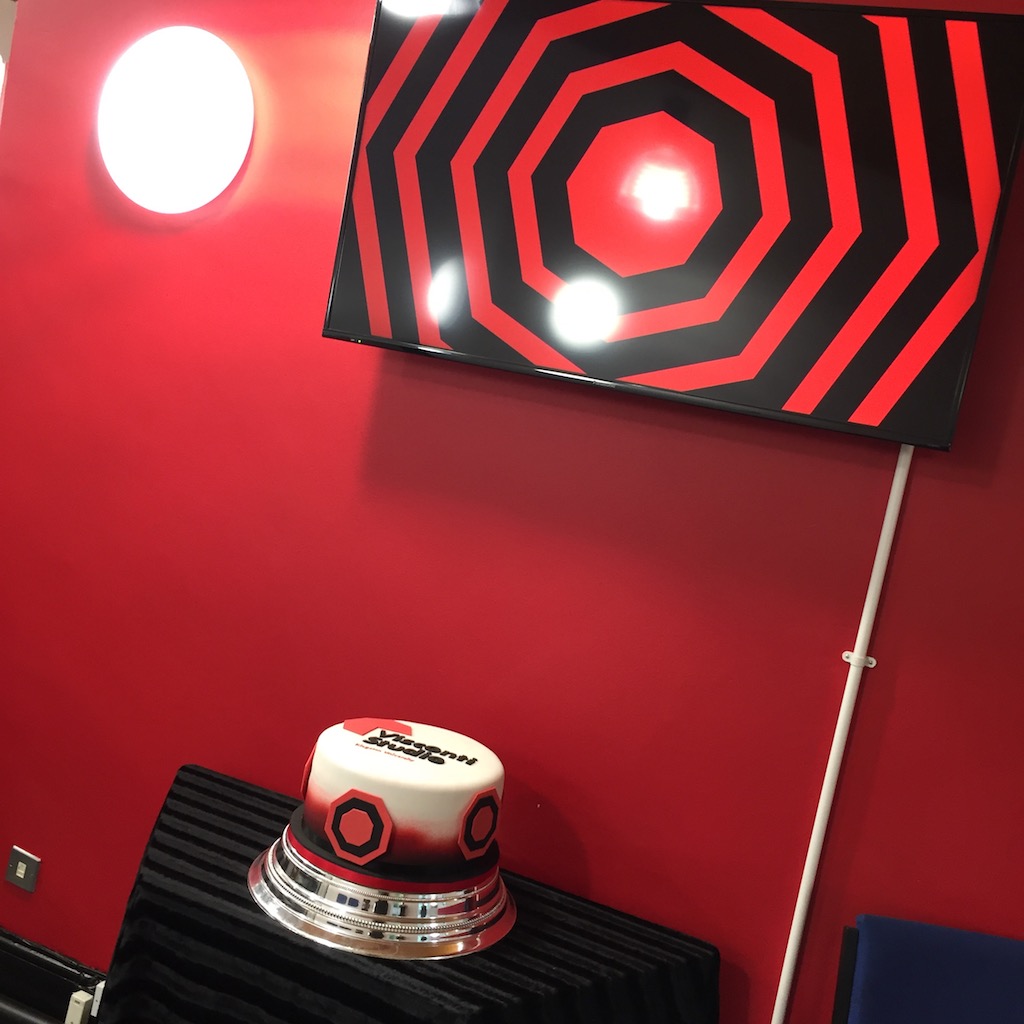

Visconti Studio at Kingston University
30/06/16 13:18

Our partners on this project include the British Library and the Science Museum, and Tony Visconti will be a key contributor to the project's research and enterprise outputs. One of record production's great innovators, he is synonymous with ground-breaking music and has worked with some of the most dynamic and influential names in pop, from Marc Bolan / T-Rex and Thin Lizzy, to David Bowie, Morrissey and U2. The project will see him working with students and staff of Kingston University, as well as invited artists, to produce records. The studio will also be available for commercial hire.
Based around an extraordinary 300m2 octagonal live room and stocked with vintage and rare recording equipment (Studer, Neve, Neumann, Universal Audio), the tape-based studio also features a unique collection of instruments including a Mellotron, a Hammond organ and Steinway concert grand piano.
The Visconti Studio will officially be opened on the 19th September 2016.
Full site launch will happen soon (with info about courses, events, research opportunities and studio hire)... for now we have a holding page with some information about our launch event in September:
http://visconti-studio.com/
You can also like our FB page if you're interested in following our progress:
https://www.facebook.com/ViscontiStudio/
Visconti Visits KU
31/05/16 21:43
Last Thursday legendary producer Tony Visconti came to my department at Kingston University to visit with students and faculty. Plans are afoot - watch this space :-)

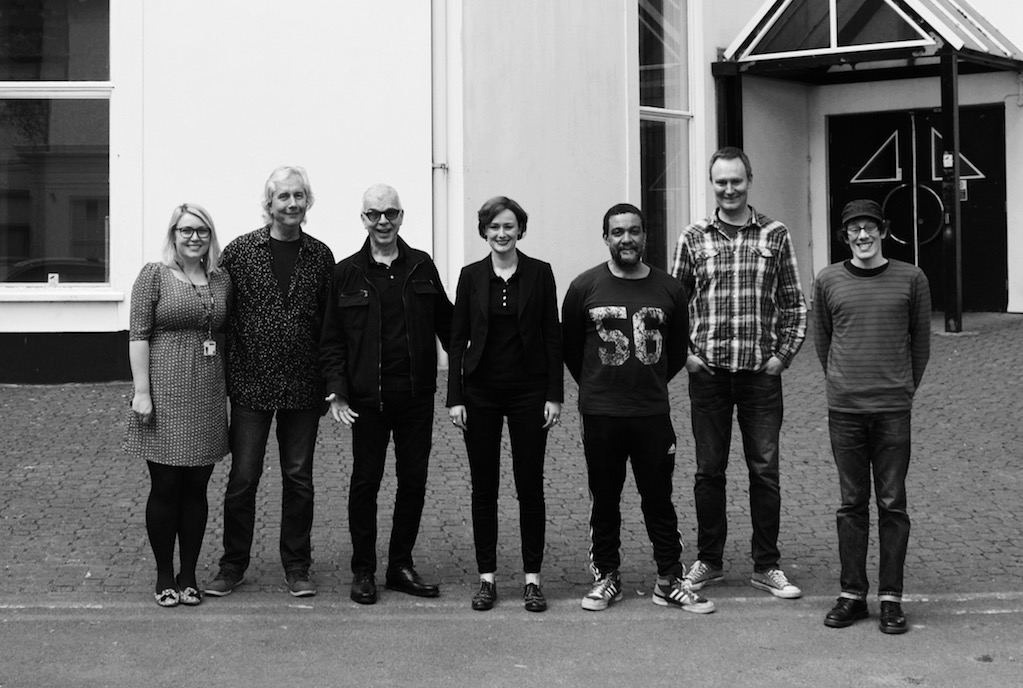
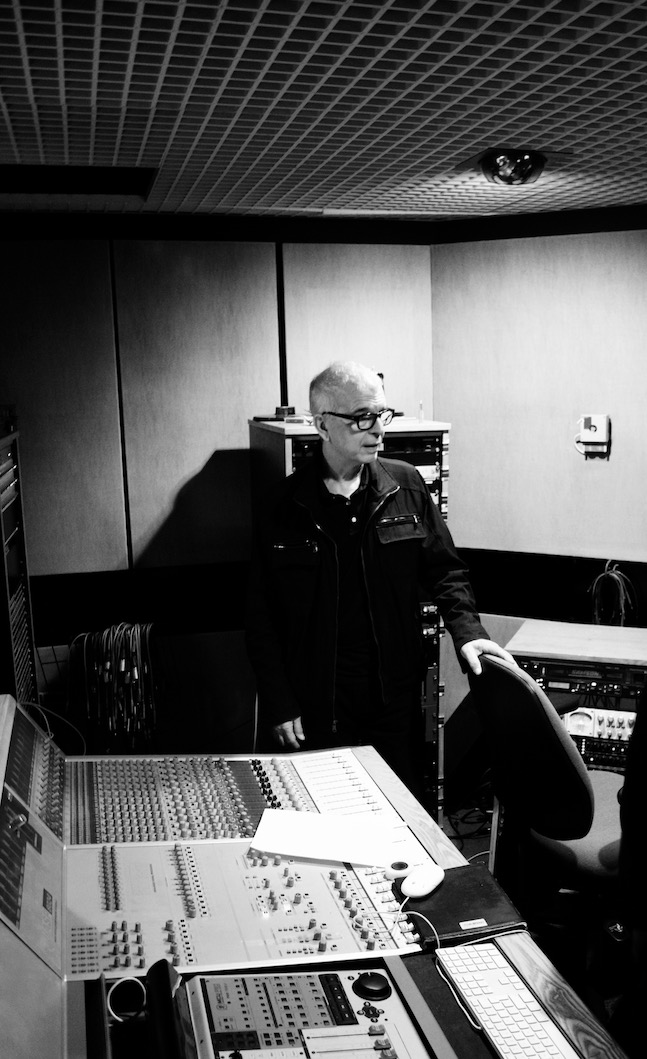
Notes On Blindness
11/05/16 17:27
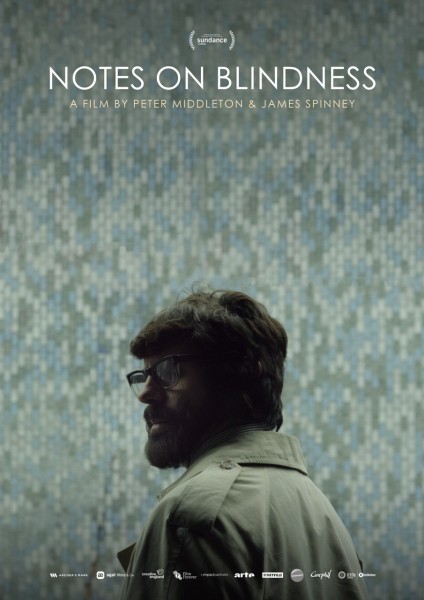
Based on the Emmy Award-winning short film of the same name, Notes on Blindness is the debut feature from Writer-Directors Peter Middleton & James Spinney, whose work explores new approaches in the documentary form. The project is based on the audio diaries of writer and theologian John Hull, who – after decades of steady deterioration – became totally blind in 1983.
To help him make sense of the upheaval in his life, he began keeping a diary on audio-cassette.
Over three years he recorded in excess of sixteen hours of material – a unique testimony of loss, rebirth and renewal, which excavates the interior world of blindness. Neurologist Oliver Sacks described John’s account as ‘the most extraordinary, precise, deep and beautiful account of blindness I have ever read. It is to my mind a masterpiece.’
Embedding original documentary elements within cinematic interpretations and textured sound design (from acclaimed Supervising Sound Editor Joakim Sundström), the filmmakers take the viewer on an illuminating and deeply personal journey deep into what John calls “a world beyond sight”.
The film will be released in the UK on July 1st with Curzon Artificial Eye.
”Elegant, evocative and deeply affecting” Wendy Ide, Screen Daily
“One of Sundance’s most visually arresting documentaries” Patricia Thomson, American Cinematographer
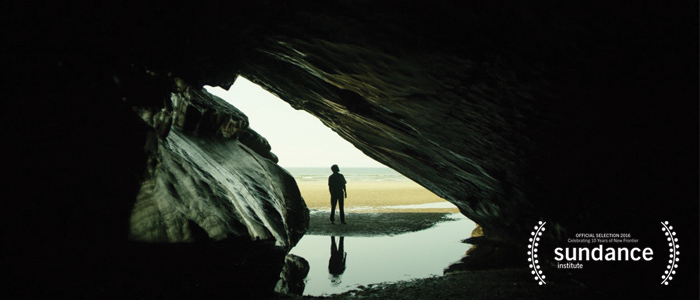
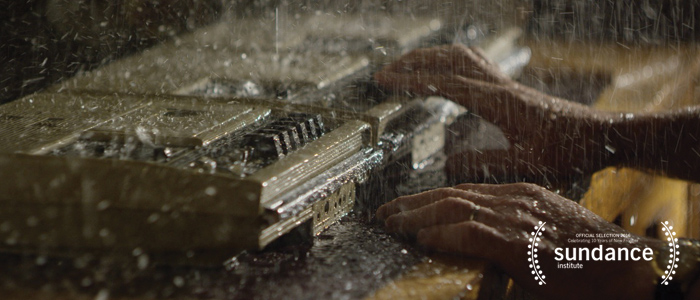

Attack of the Herbals OST
16/05/11 21:39
Check it out, I updated the music page with some new soundcloud sets of my recent work. Including this set of tracks from my soundtrack to Attack Of The Herbals.
-----
-----
Experiment in Subtraction
23/02/11 17:26
While playing around with piano textures - notes and ambient noises - I came upon this interesting thing. I took an improvised piano solo recorded in December (Copal 1, you may have heard it from a few blog posts down), and used other sounds from "around" the piano to support it in an arrangement - to create atmosphere, texture, mood, a pulse.
Then I took out the core element, the improvised piano solo, and just left the "around" sounds. It's an interesting result, the empty space left by the missing piano part is almost like a silhouette.
[edit: I've since taken these demos down, since they became The Waiting, both versions appear finished on the Feather Hammer album]
I'm reminded that I've done this kind thing before - back when Helzuki were writing in the studio, many of the arrangements started with piano parts that I had written. As band members added their layers to the arrangement, we all found the song worked better if we took the original part out, leaving all the stuff that had been constructed around it to hold the thing up.
Imma try out this method some more. It suits me, since my improvs sometimes come out sounding a bit basic and obvious. This could be a cool way to use that material in a backwards kinda way.
In other news, the My Lithium & Me project is being noticed and listened by the best people: sweetoblivion blogged about it, Boy George downloaded and listened to it, and it was featured on David Bowie's very own site as a news item. Fair to say I'm absolutely chuffed at the reaction it's getting. In little over a week since releasing it I've had over 5700 plays and nearly 2300 downloads via soundcloud, which is just awesome! Thanks everyone!
________
Update - here's a video demo by Matthew Greasley to go with the non-piano version of the track:
Then I took out the core element, the improvised piano solo, and just left the "around" sounds. It's an interesting result, the empty space left by the missing piano part is almost like a silhouette.
[edit: I've since taken these demos down, since they became The Waiting, both versions appear finished on the Feather Hammer album]
I'm reminded that I've done this kind thing before - back when Helzuki were writing in the studio, many of the arrangements started with piano parts that I had written. As band members added their layers to the arrangement, we all found the song worked better if we took the original part out, leaving all the stuff that had been constructed around it to hold the thing up.
Imma try out this method some more. It suits me, since my improvs sometimes come out sounding a bit basic and obvious. This could be a cool way to use that material in a backwards kinda way.
In other news, the My Lithium & Me project is being noticed and listened by the best people: sweetoblivion blogged about it, Boy George downloaded and listened to it, and it was featured on David Bowie's very own site as a news item. Fair to say I'm absolutely chuffed at the reaction it's getting. In little over a week since releasing it I've had over 5700 plays and nearly 2300 downloads via soundcloud, which is just awesome! Thanks everyone!
________
Update - here's a video demo by Matthew Greasley to go with the non-piano version of the track:
Using Ableton Live 8 Looper To Make My Own 'Alleged Dances'
31/10/09 11:47
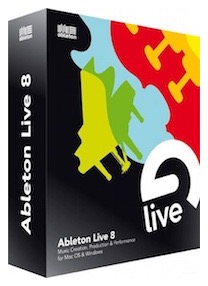
Kinda like what John Adams tried to do with his "Book of Alleged Dances" in the mid nineties with the triggering of prerecorded loops during string quartet performance, with Ableton you could create such loops on the fly while a performance is in progress... you could even bank these loops as they are made and re-trigger them in various combinations to create interesting textures and harmonic colours. Such exciting possibilities... and I imagine much more exciting and gratifying than watching a performance played along to pre-recorded material on CD (which, unfortunately, is what happened in the end to Adams' project).
I really love this idea of recording being temporal rather than definitive - to capture something quickly and manipulate it instantly. If only I could find a cellist who would be happy being my guinea pig for a day or two...
-----
Peter Sant's Cadence
29/10/09 00:24
I just posted a clip from Peter Sant's latest video art piece, "Cadence" on the media page of this site (for the full length version - check out http://www.petersant.com ). Despite my computer-related woes of late, I really enjoyed working on this project - camped out on the dining table with my MIDI keyboards and controllers strewn around the kitchen.
I originally got the job by responding to a post on Composition Today (truly one of the ugliest arts-related sites ever to exist on the interwebs) - the artist was looking for a keyboardist/composer, and I took the bait. He responded in kind with a list of musical limitations and rules by which I needed to adhere. Also, I was to only receive the foley track, and not the footage, to score to. Here were some of the rules:
- begin at precisely 2min 30 secs
- contain a 'light' and discretely 'anticipatory' motif
- never be 'dark' or 'suspenseful'
- contain the following, in order of their relative quantity:
- organ
- synthesiser
- piano
- plus an optional extra (but not percussive)
- not occupy more than 70% of the allocated time
- operate at a tempo slower than a clock
There was a lot of back and forth - a few changes, a few edits. It was refreshing to work in this way, separate and remote from the visual element yet very close to it at the same time. Here's an example from the final score - the first occurrence of the main theme, beginning at precisely 2min 30secs...
Cadence [excerpt] by leahkardos -----
Trailer for Psychosomatic'
08/07/09 03:15
Some of my music that was used in a scene has also been used for the trailer (embedded below). This film is now out available to purchase from Amazon.com and in addition to doing well on the festival circuit, is getting some positive reviews. Well done, Andrew!
-----
Ariella Strings Session
03/04/09 20:03
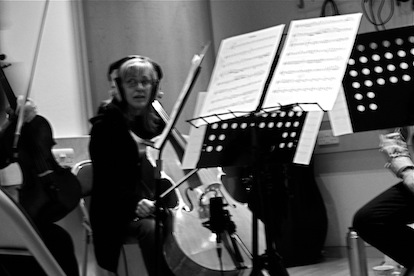
:)
In other news, Matt has managed to give himself Pharyngitis and I feel the same thing creeping up on me slowly. Just in time for Easter holidays, which is rather crappy indeed!
I’ve decided to spend these next two weeks coughing and moaning about my sore throat, sitting on the couch drinking tea watching my boyfriend finish playing Saints Row II. In the down time maybe I’ll work on a new game-soundtrack-oriented-demo reel. I just joined this wonderful online community called G.A.N.G (game audio network guild) in an effort to learn more about the medium and have found myself very inspired and surprised at the openness, friendliness and supportive nature of the group. I’m used to composers being bitchy, petty, jealous and snippy at each other. Seems these game audio people are just in it for the love. A nice change!
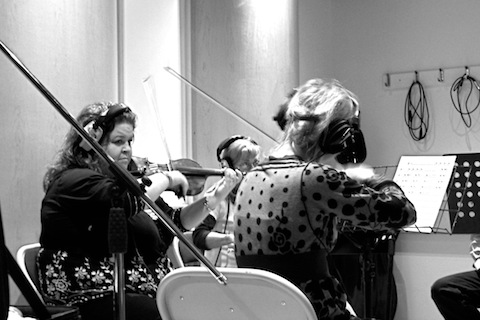
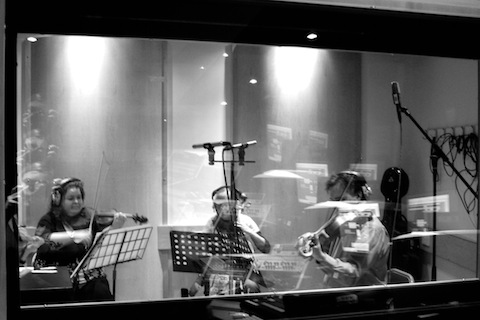
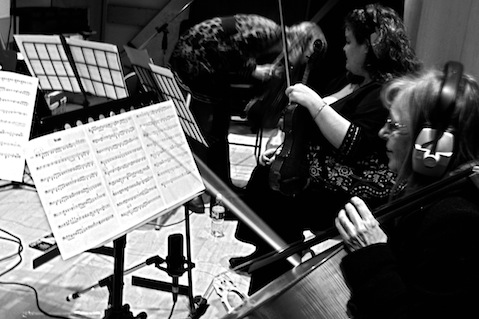
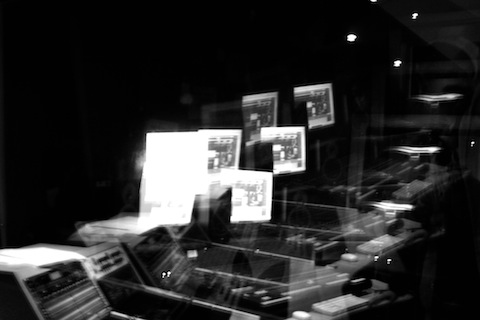
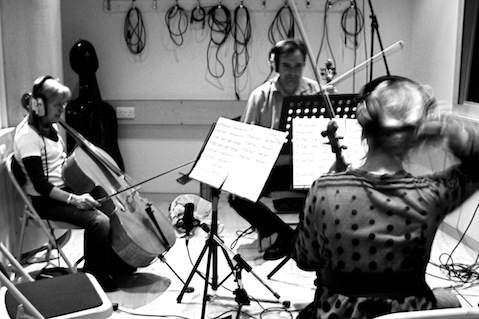

The key to living...
19/03/09 17:15
My man Shostakovich allegedly once said
In the long run, all things in life can be separated into the important and the unimportant. You must be principled when it comes to the important things, and not when it comes to the unimportant. That may be the key to living.”“
I say ‘allegedly’ because his famous ‘Testimony” memoirs, which were published after his death have had their authenticity disputed for a long time. Regardless of who actually said it, I think they were right. There is a right time to stick to your principles and there are definitely times when it’s more appropriate to be flexible.
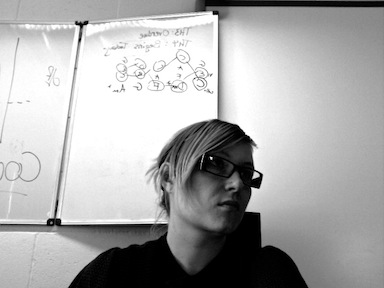
Whereas once I would believe in and insist on absolute mastery of techniques, now I can package that knowledge for a specific individual so that they can easily add a simple string arrangement to their grime tune -- and not feel dirty afterwards like I’ve just personally offended the muses, but actually feel happy in the knowledge that this student wouldn’t have otherwise bothered with the concept of harmony if I hadn’t been able to flex.
The key to living. I remember a time when I tried to be principled in every aspect of my life - I wanted to be the living breathing embodiment of everything I believed in. How boring. How exhausting! No, I can’t write music that is too commercial. No, I can’t be part of THAT project, since it’s not what I’m about as an artist ... No, I can’t like that composer’s music because it is too derivative. No, I can’t go to that gig because that band went big and ‘sold out’. No, I can’t be friends with that person because they don’t like the same art and music that I do. What a load of hogwash. Life is more fun when you say ‘Yes” to things, when you are prepared to bend your strict principles a little, when the situation calls for it.
Things that are important: my creative output, my friends, my financial well being, my health, being charitable. Things that are unimportant: haircuts, websites, xbox games, what music my friends like, what people think of me and my work, being right all the time.
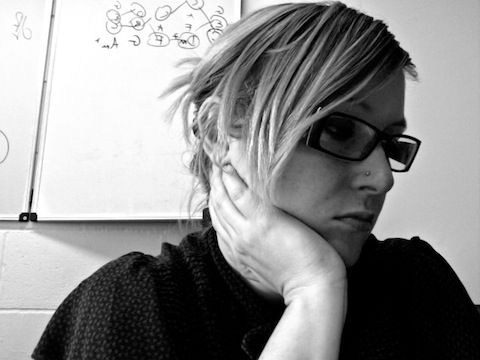
The posters for Demonic (updated)
19/03/09 17:06
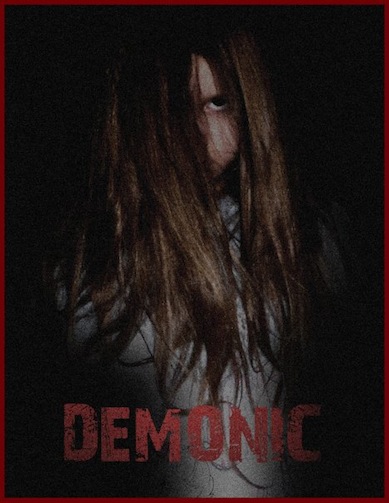
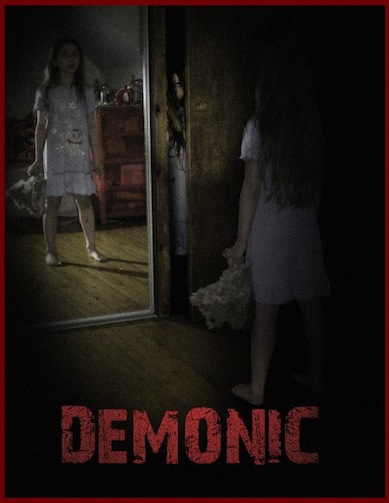
And Dave just sent me the DVD cover art. Nice. I sure hope it wins in a few festivals - I think it deserves to. Seeing my name credited on DVD covers always makes me feel like Steve Martin’s character “the Jerk” when he sees his name printed in the phone book. .. “This is the kind of spontaneous publicity - your name in print - that makes people! I’m in print! Things are going to start happening to me now!” heh. Yeah I WISH... anyways, I find myself wishing he went for this design...
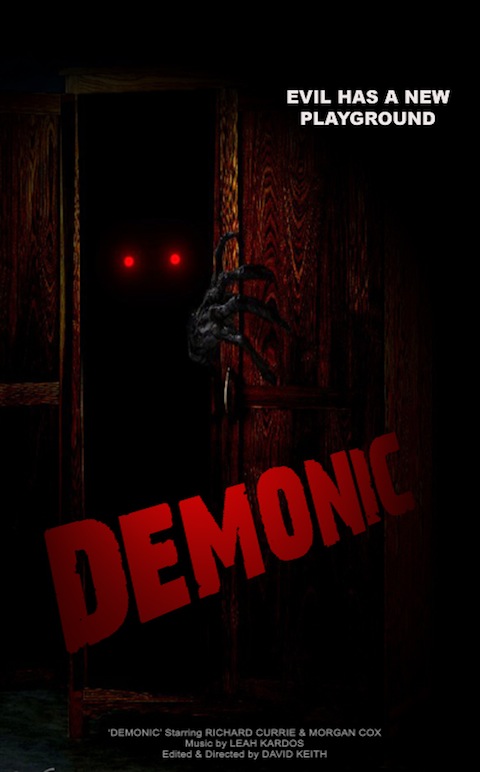
DEMONIC by David Keith
13/03/09 19:45
I did this score over three nights during a work week ... and I think it turned out alright considering that David saw fit to use the first draft I sent him of the score. I get a bit of a kick out of working quickly like this, efficiency is an underrated virtue these days - especially in music - so often having too many ingredients spoils the dish. I limited myself to 1 melodic motif and a sound palette of piano, celeste, strings and backwards reverbs. I created the creepy animal-like sounds by putting piano reverbs through Logic’s vocal transformer and messing with the formants. Fun!
You can check out some more of David’s short film work HERE.
In other news, I got my Michael Jackson tickets! 30th of July, me and Liz will be there ready to either be blown away by the best and biggest pop comeback of all time, or slightly disappointed but yet fascinated by a train-wreck of gigantic proportions. It’ll be music history either way. And I’ll be there! Whoop!
Eyelashes of Gina swept into my little studio for three days last weekend and left behind two shiny new song nuggets. We uploaded them to the band’s website (which is linked just to the right of this blog). If you actually go and listen to the music I want you to keep two things in mind: 1, remember that it’s only supposed to be a laff.... and 2, that all tracks were conceived, brainstormed, performed and recorded in a few hours. Keeping in mind those two points, I think things turned out ok!
I thank the gods for creating Melodyne! Man I love technology...
x
-----
Climbing the steps to Parnassus
08/02/09 01:12
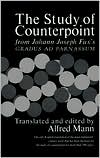
3 days and five pages of dire note-against-note counterpoint for a cantus firmas in every mode later ... I feel like dying. I continually remind myself: Beethoven found this useful and referred to it constantly. Was this the reason he was such a cranky man?
I guess I will continue with it for a while, since the better I remember all the rules, the better I will be able to break them. I don’t want to begin writing The Quartet until I have a clear idea about theme and structure. At the moment my head is swimming with a million ideas with nothing really pinned down. On Thursday night I got into a cab and found myself overwhelmingly inspired by the Punjabi folk music playing on the car radio. Doesn’t help that the commission is supposed to be in neo-classic style.
*sigh* Hopefully the concept and design with hit me in the face sometime soon or else a Neoclassic/Punjabi mashup may happen, and surely only bring discomfort and misery to the world!
-----
